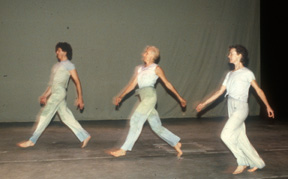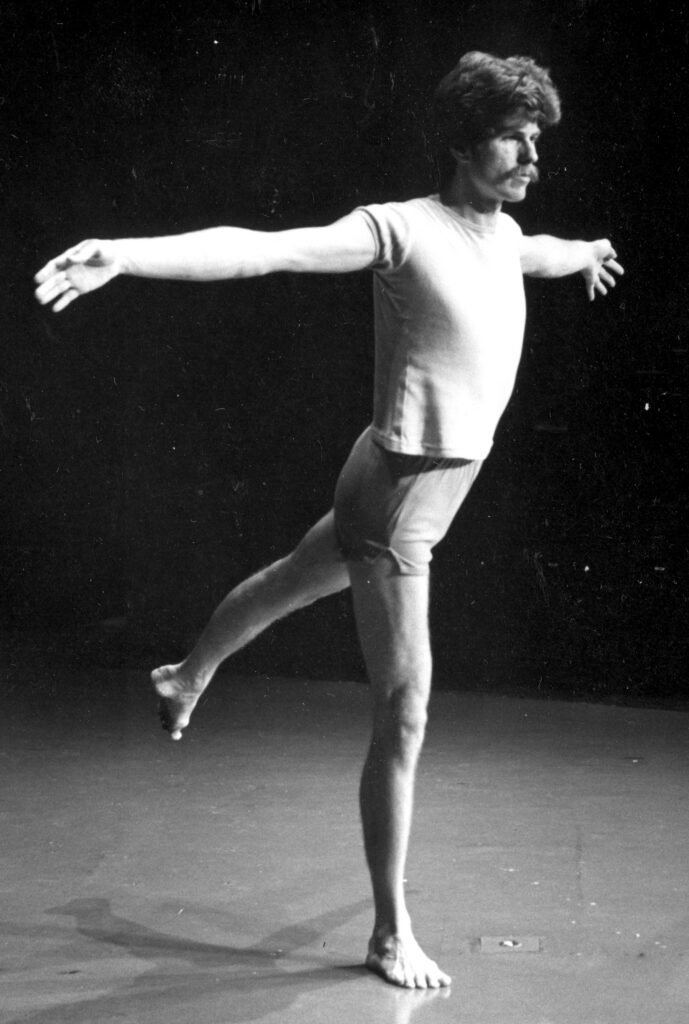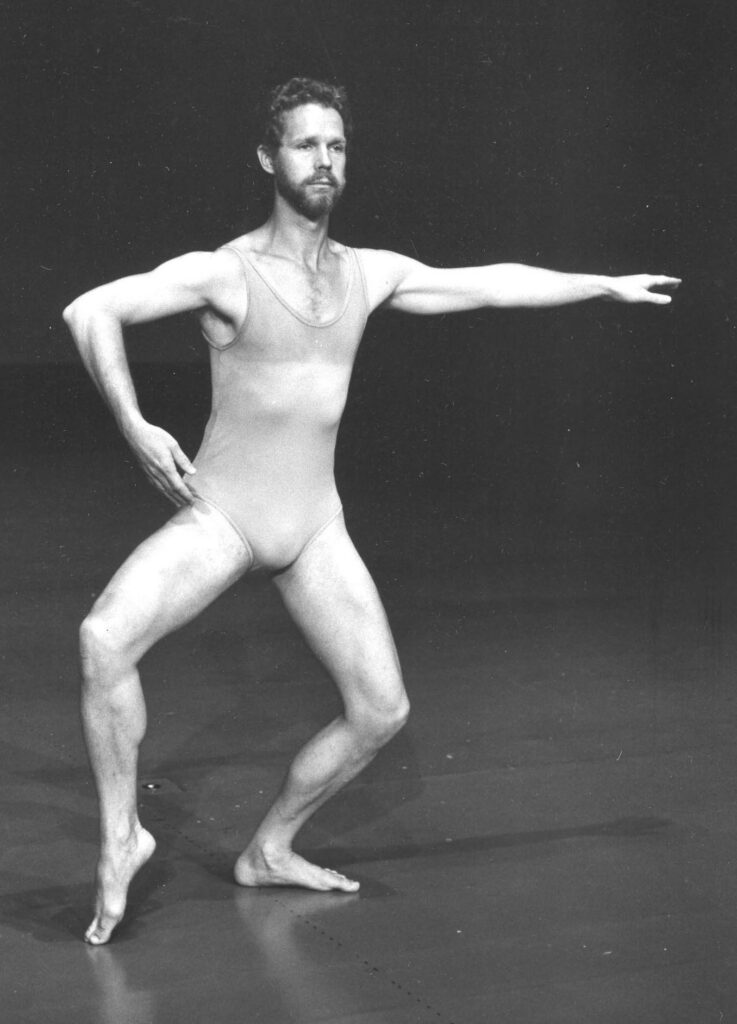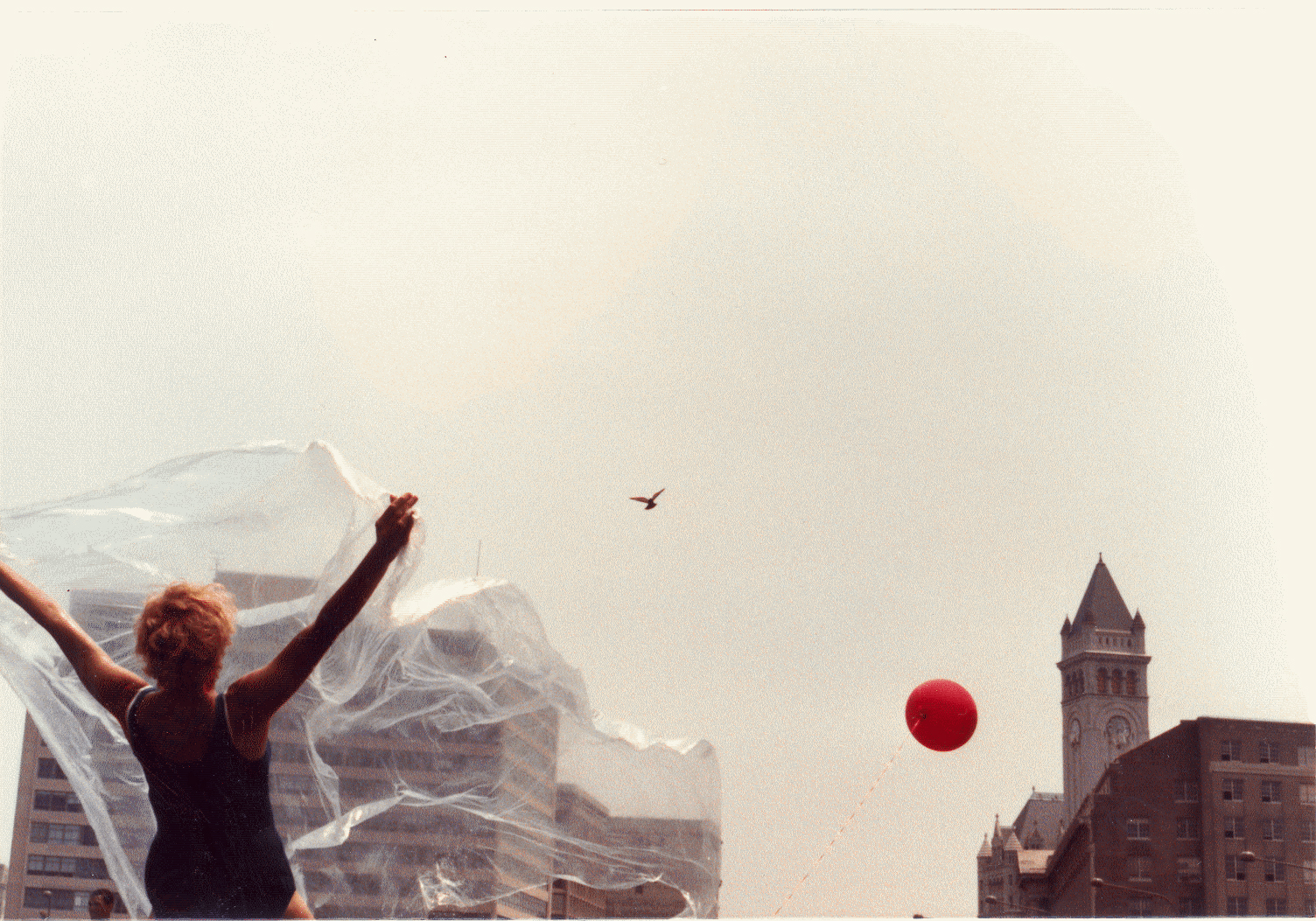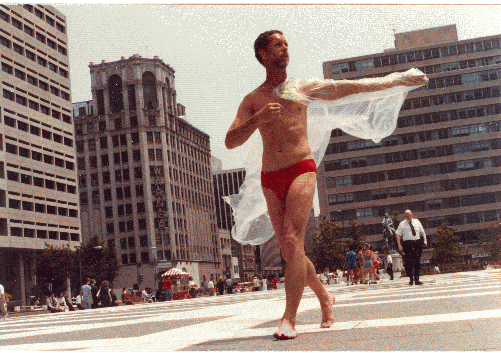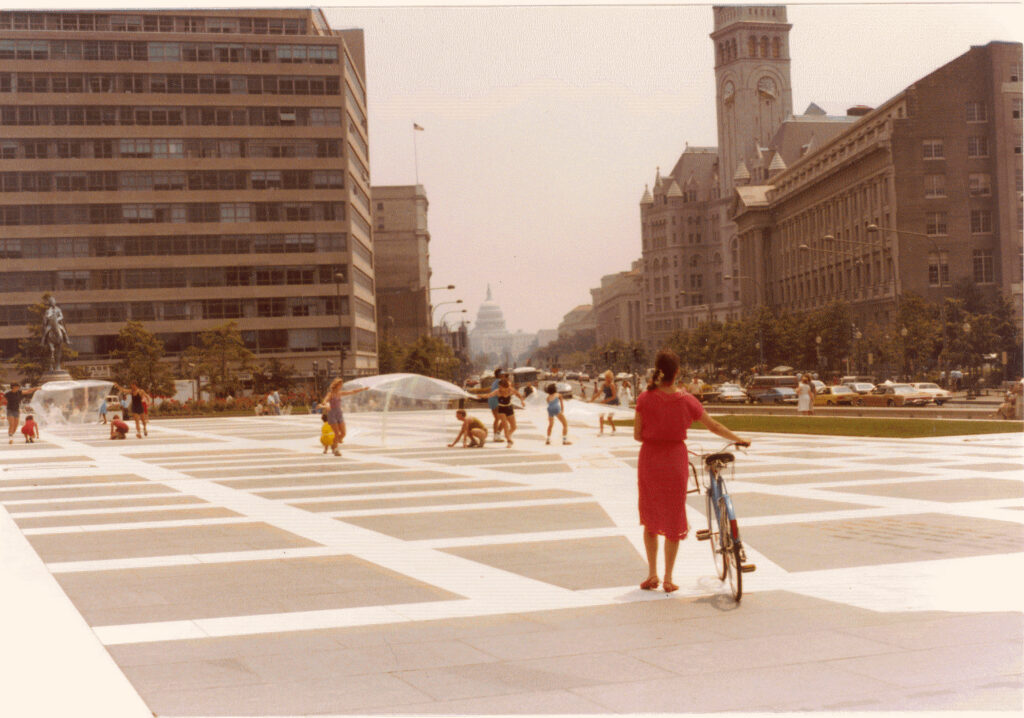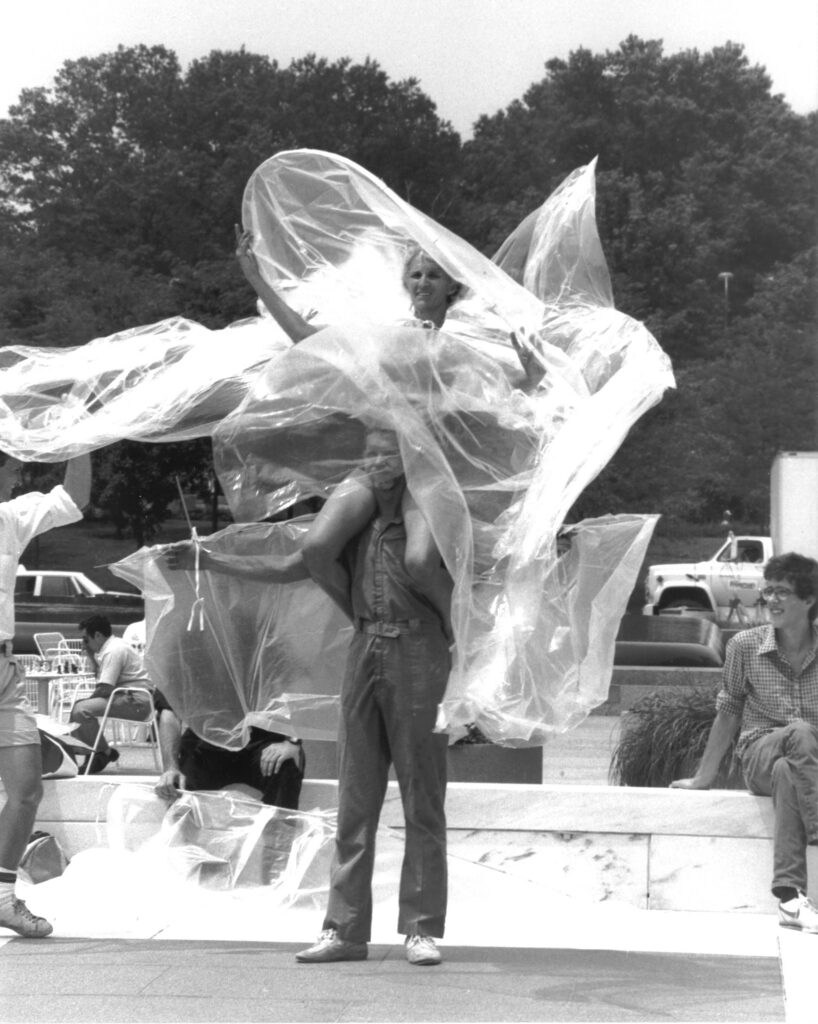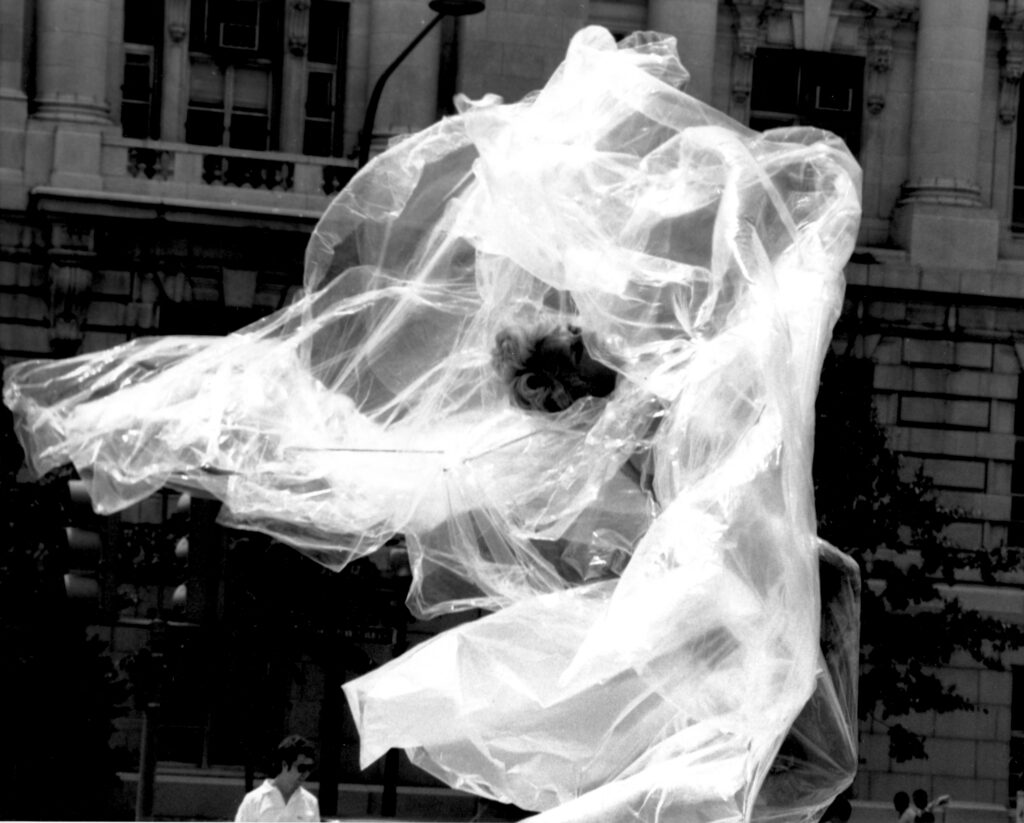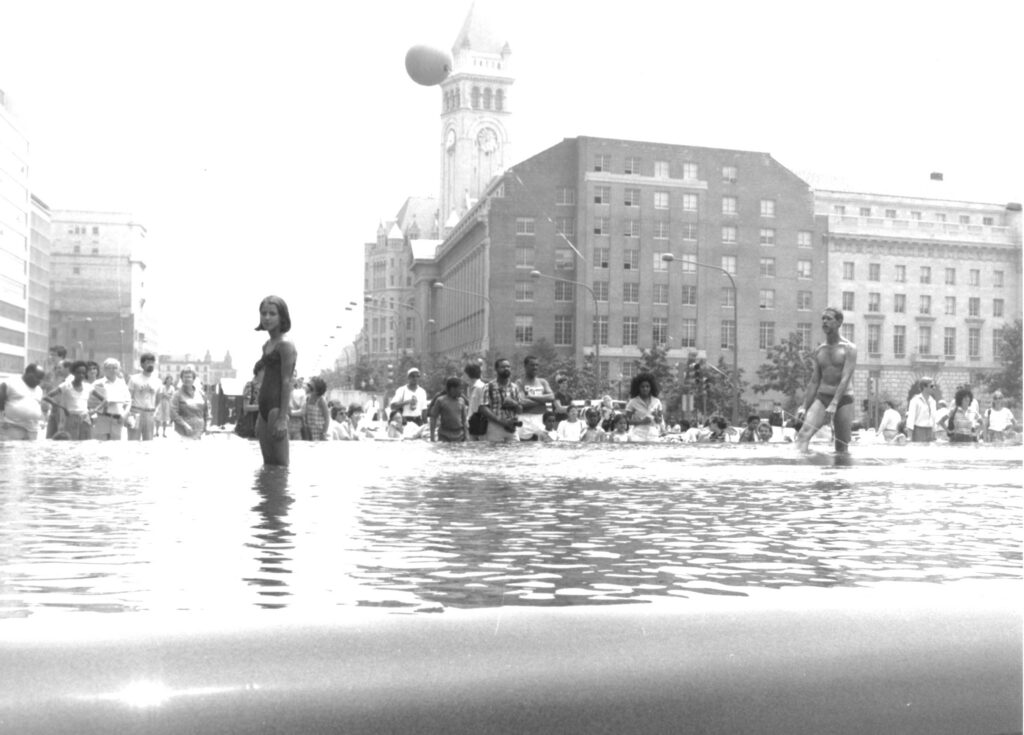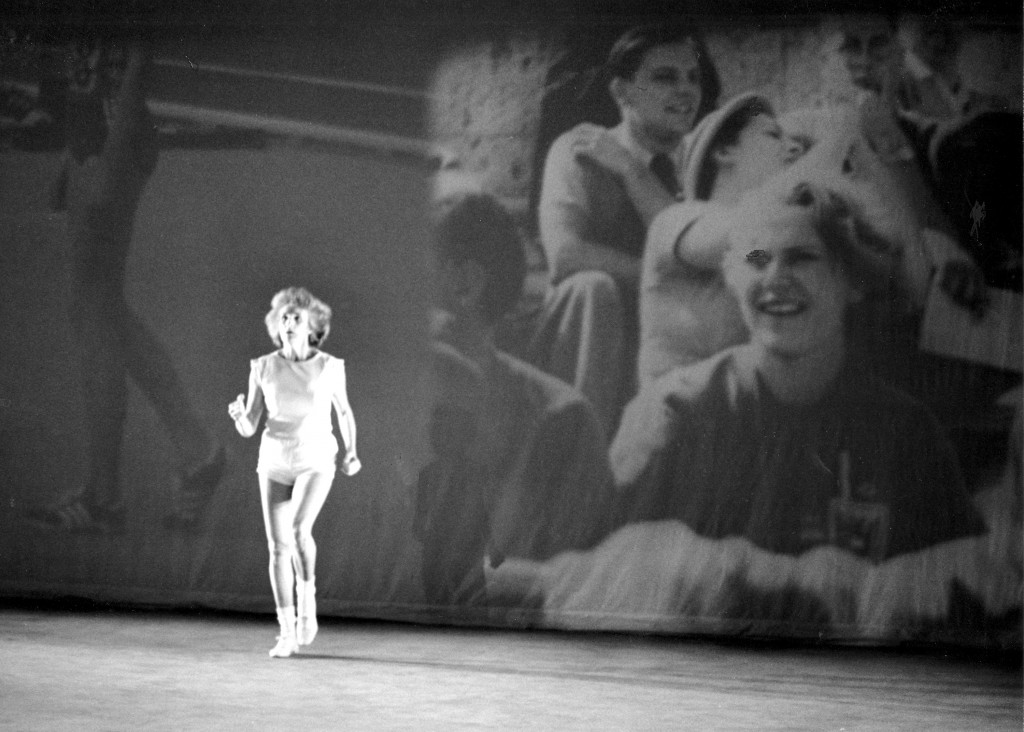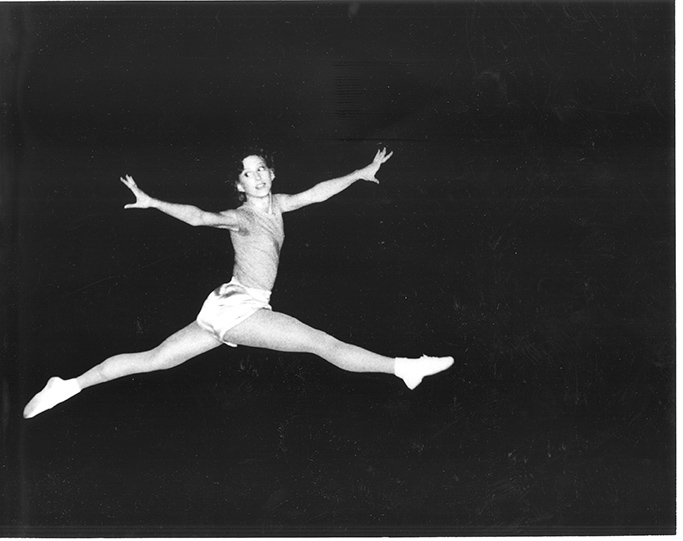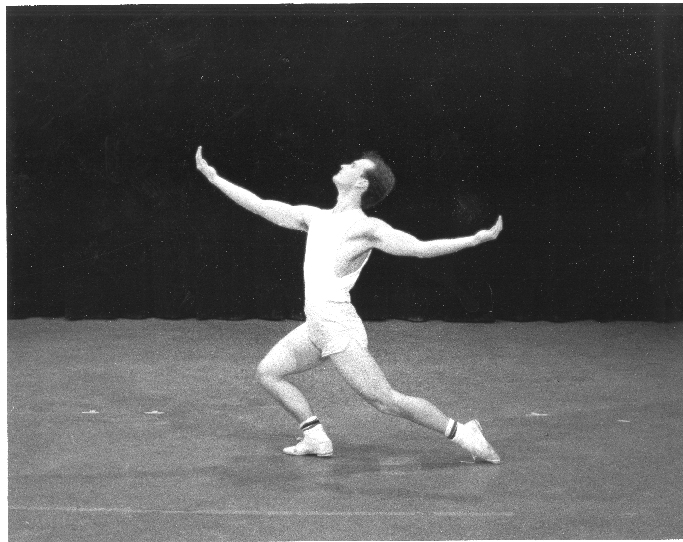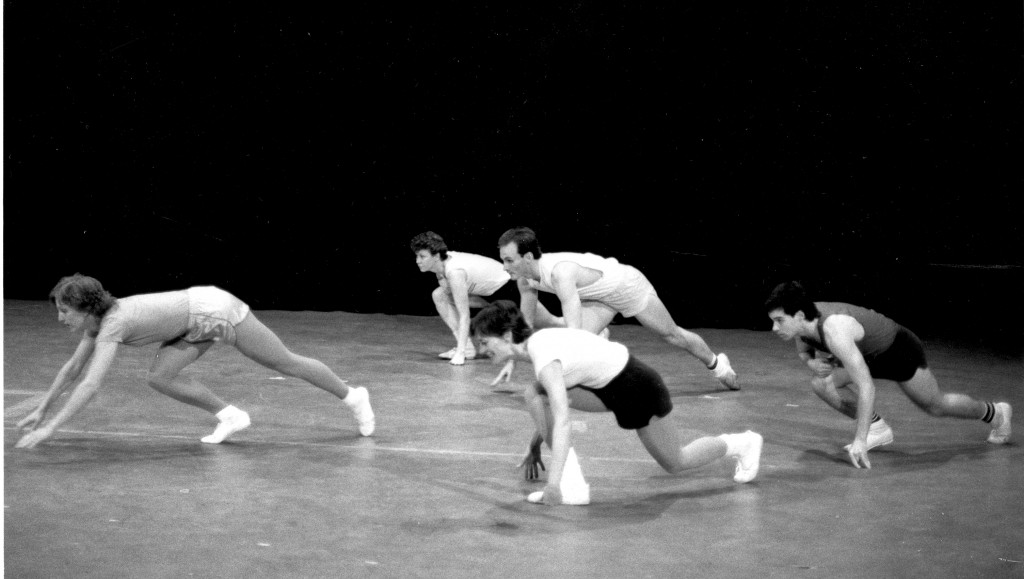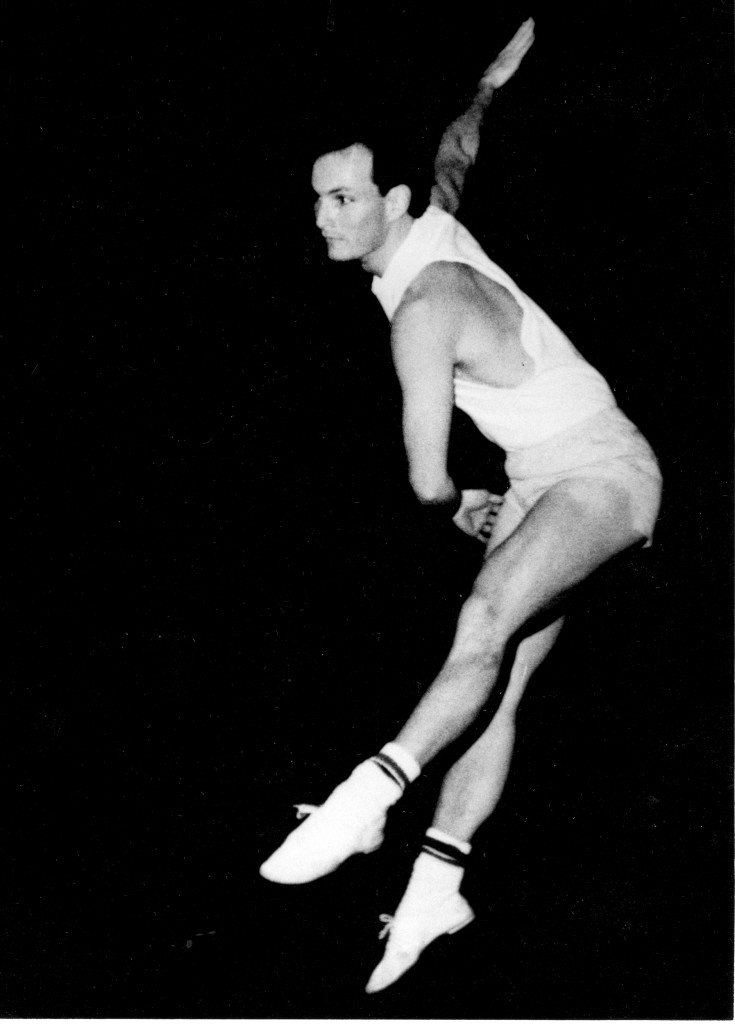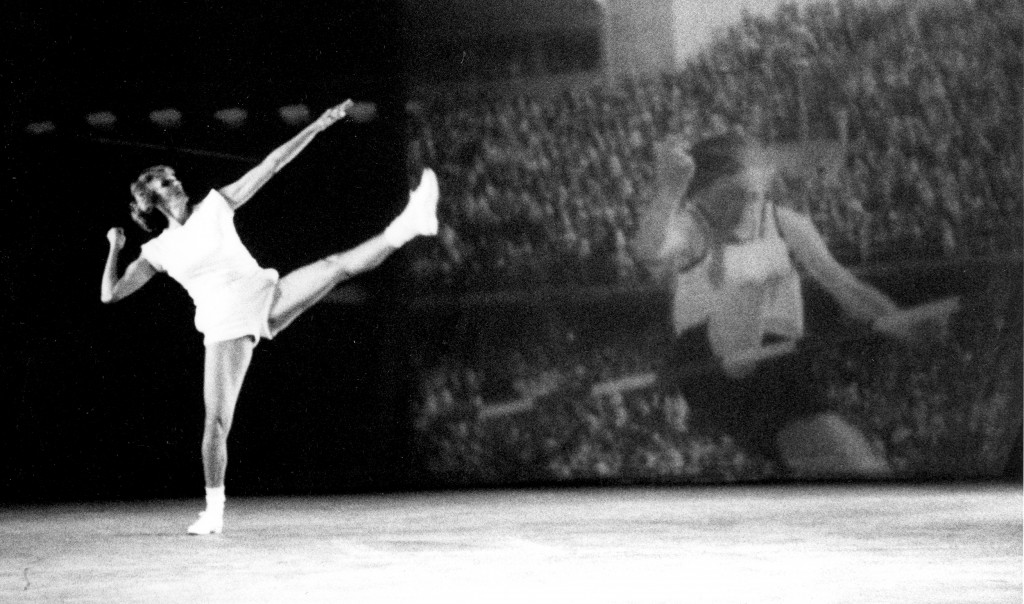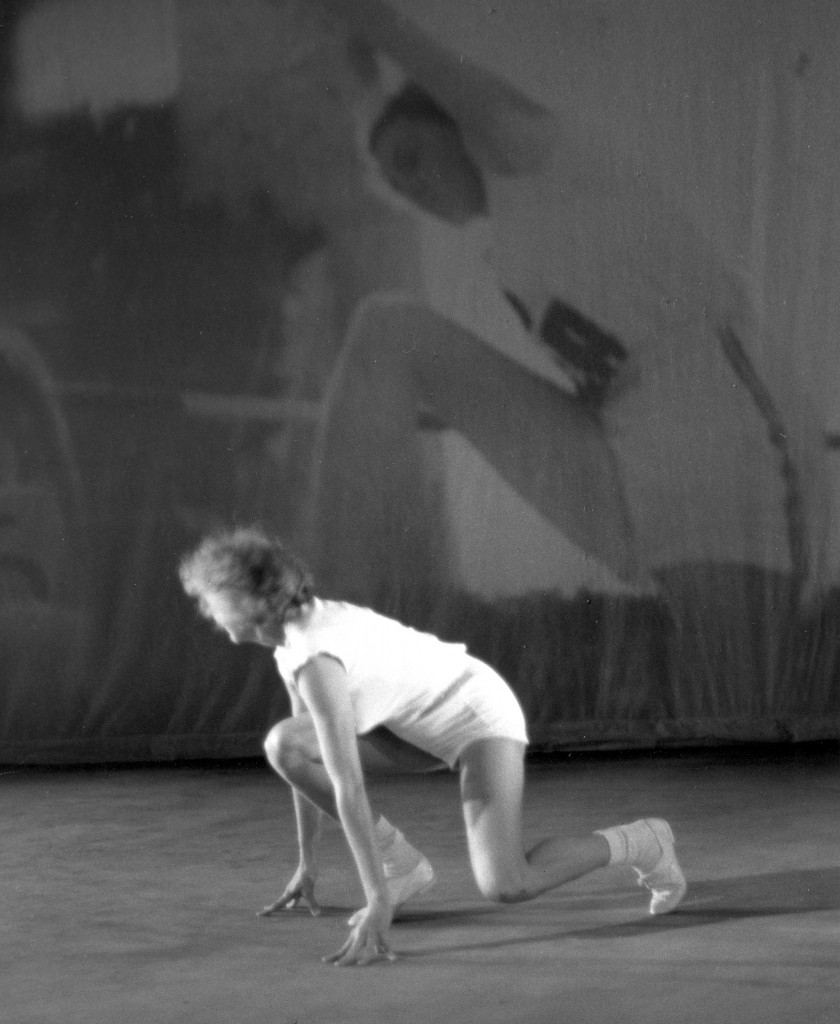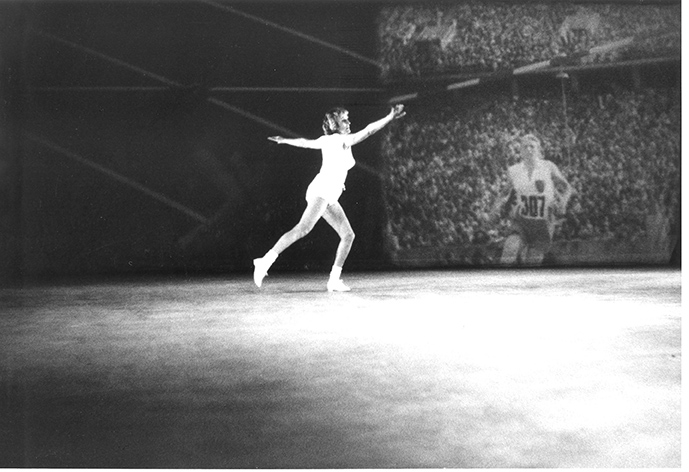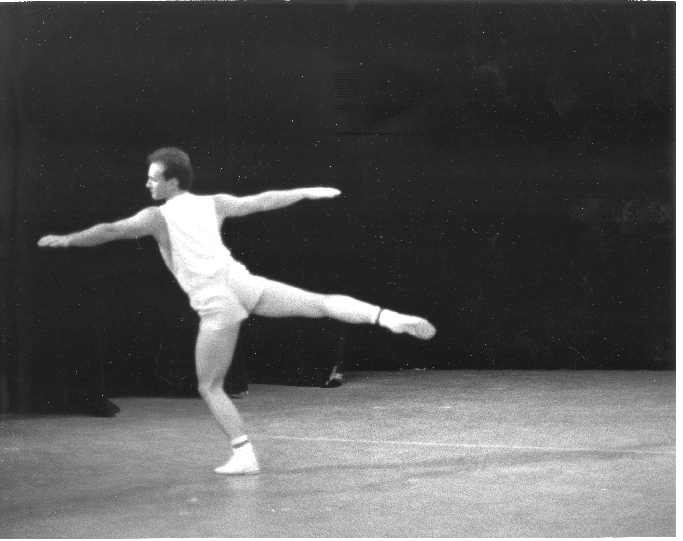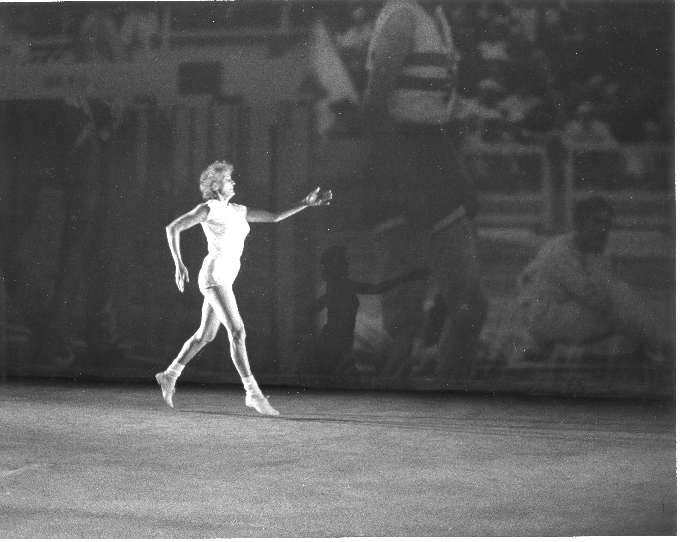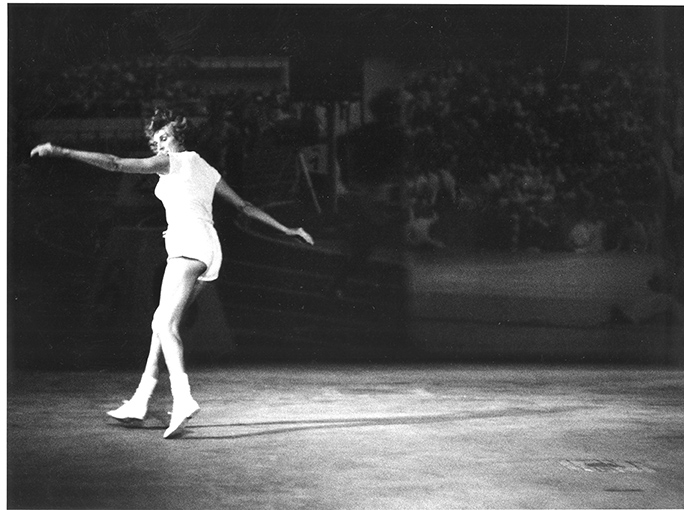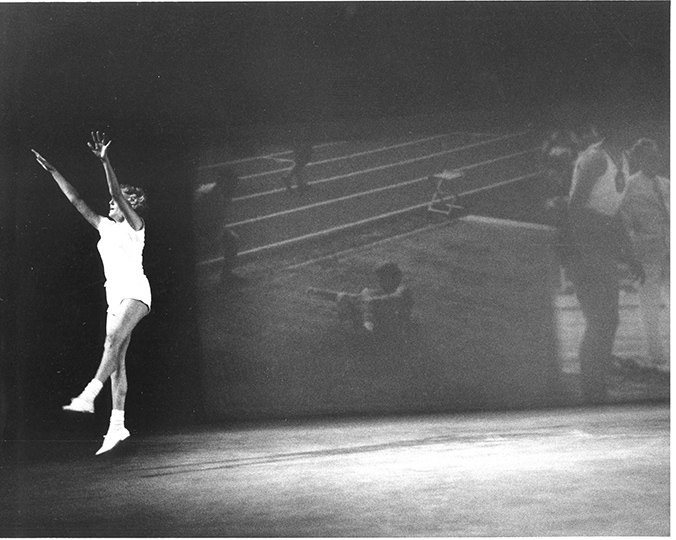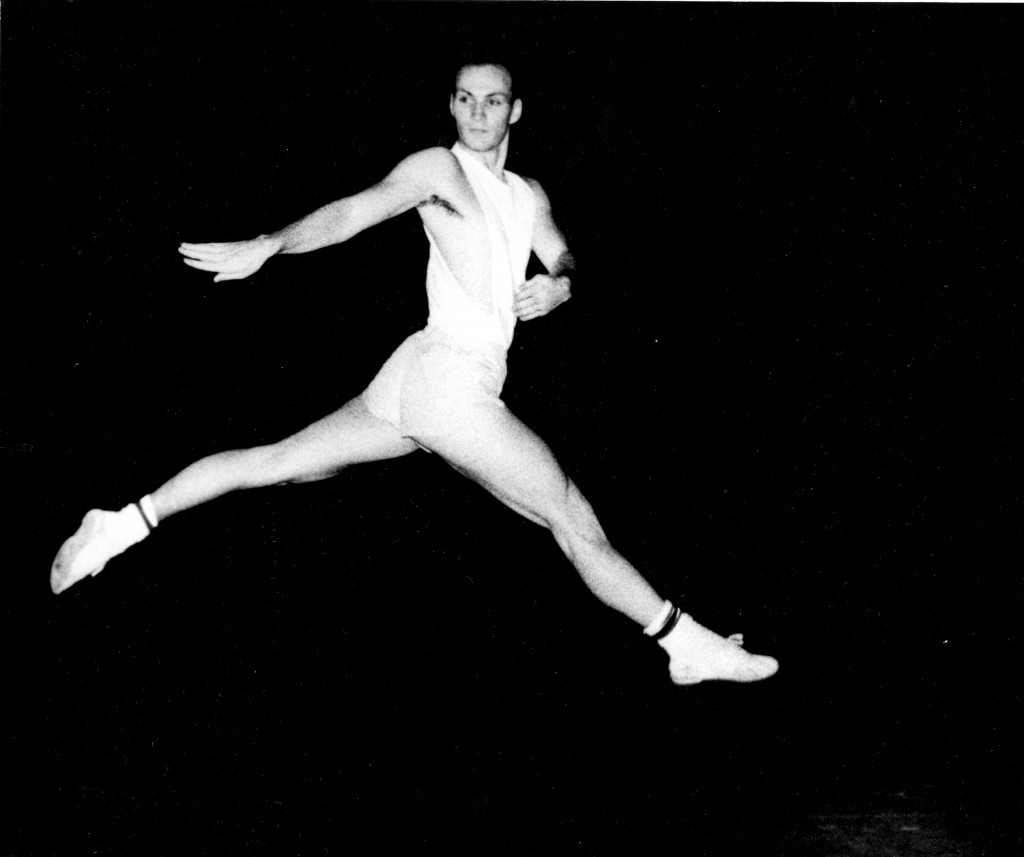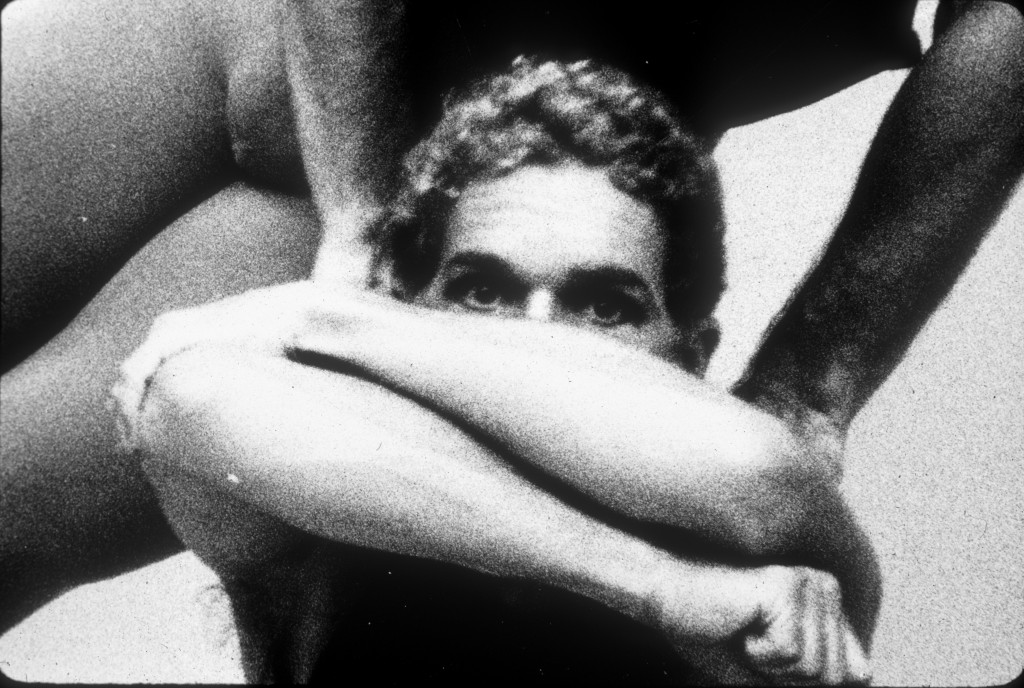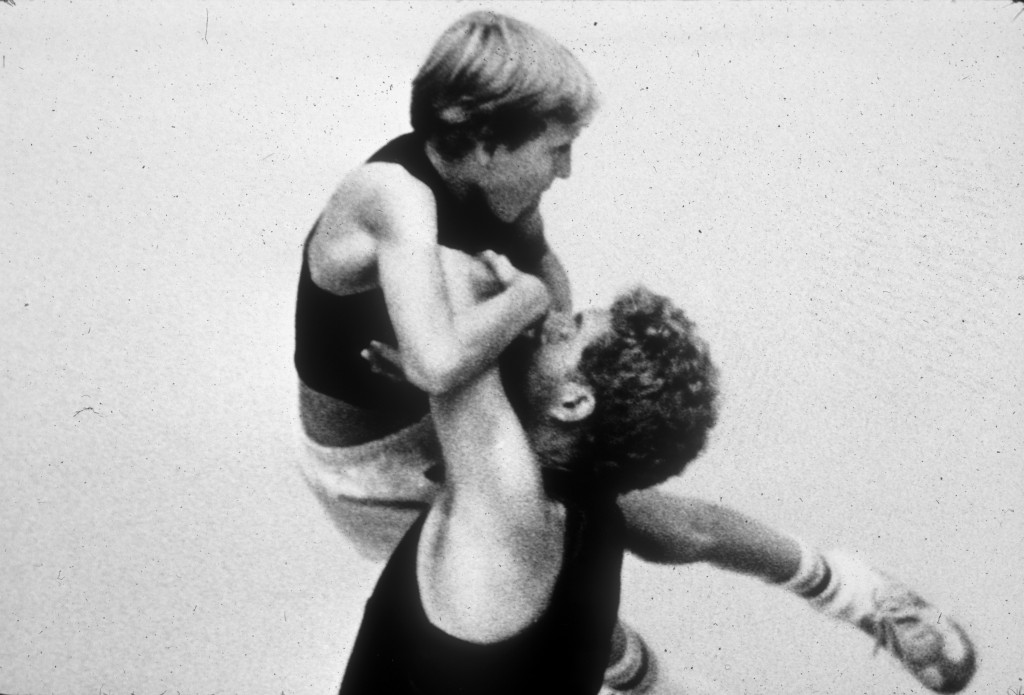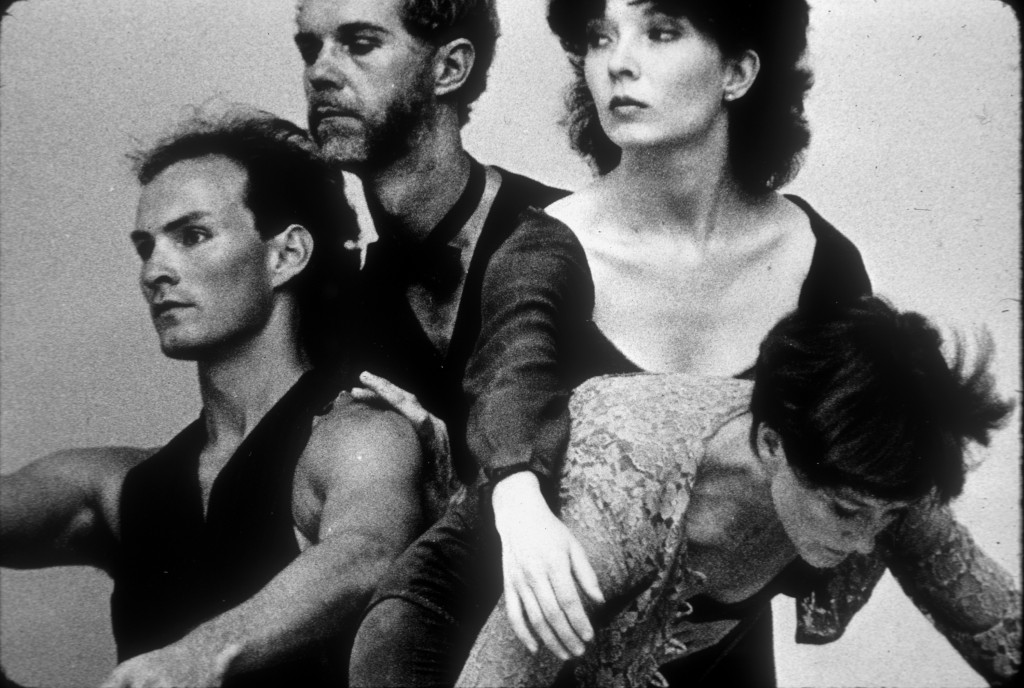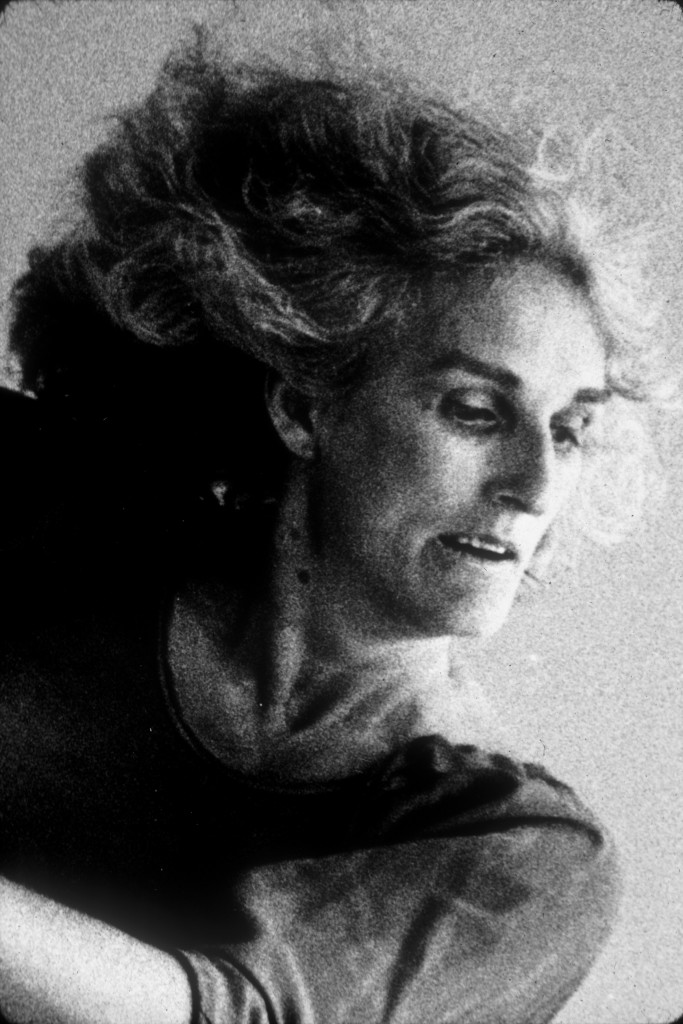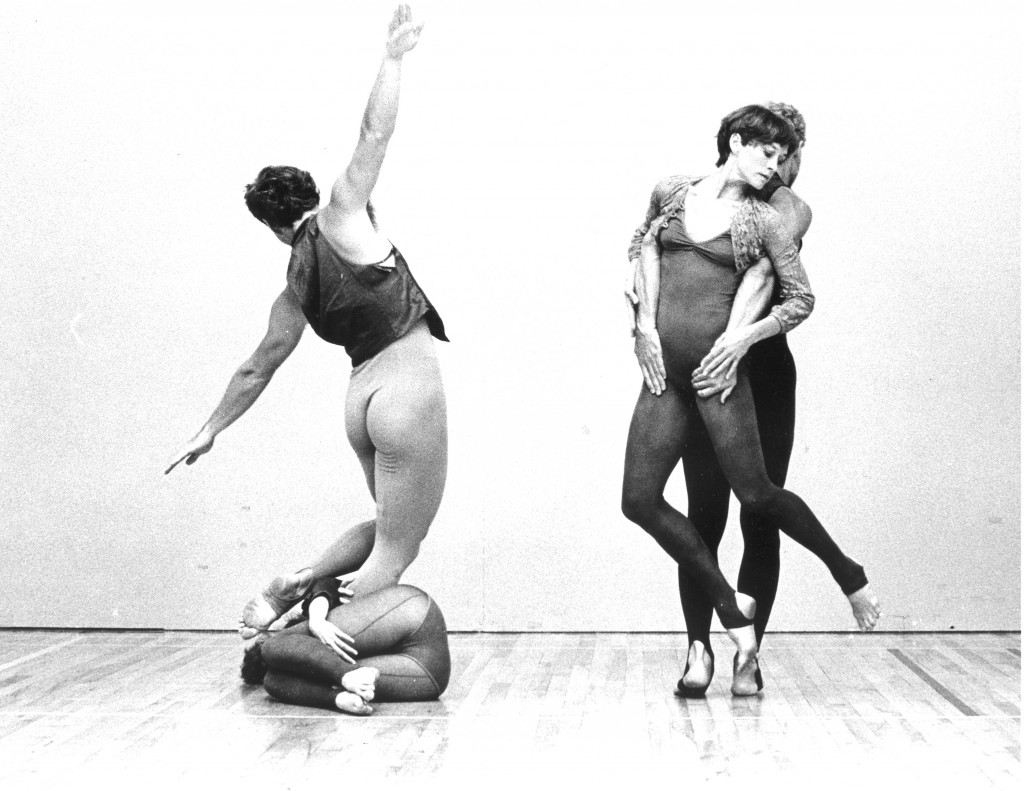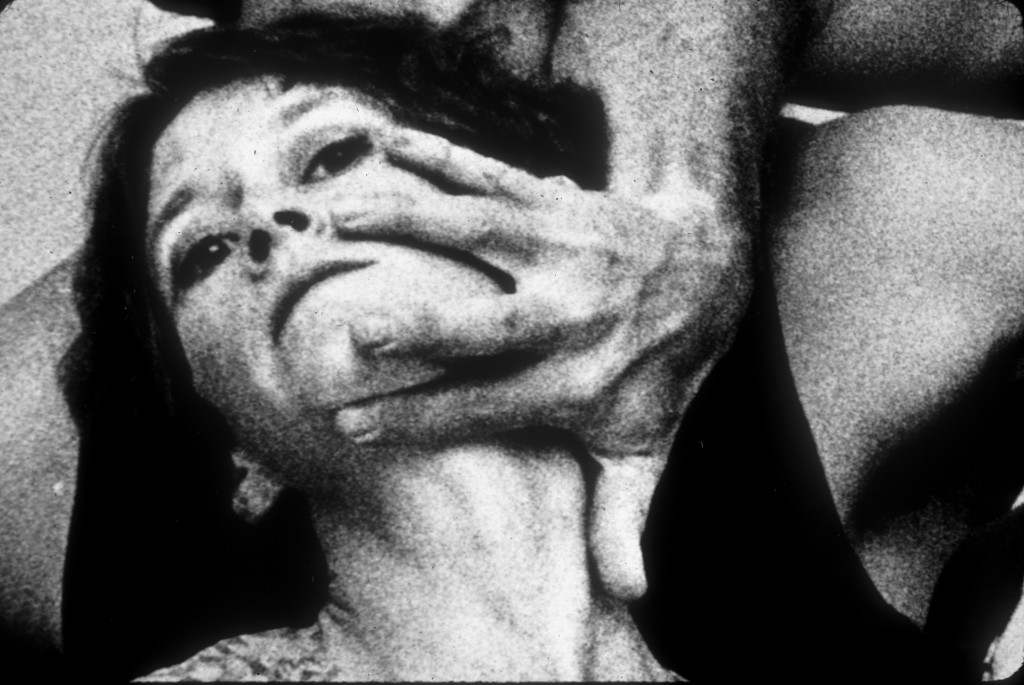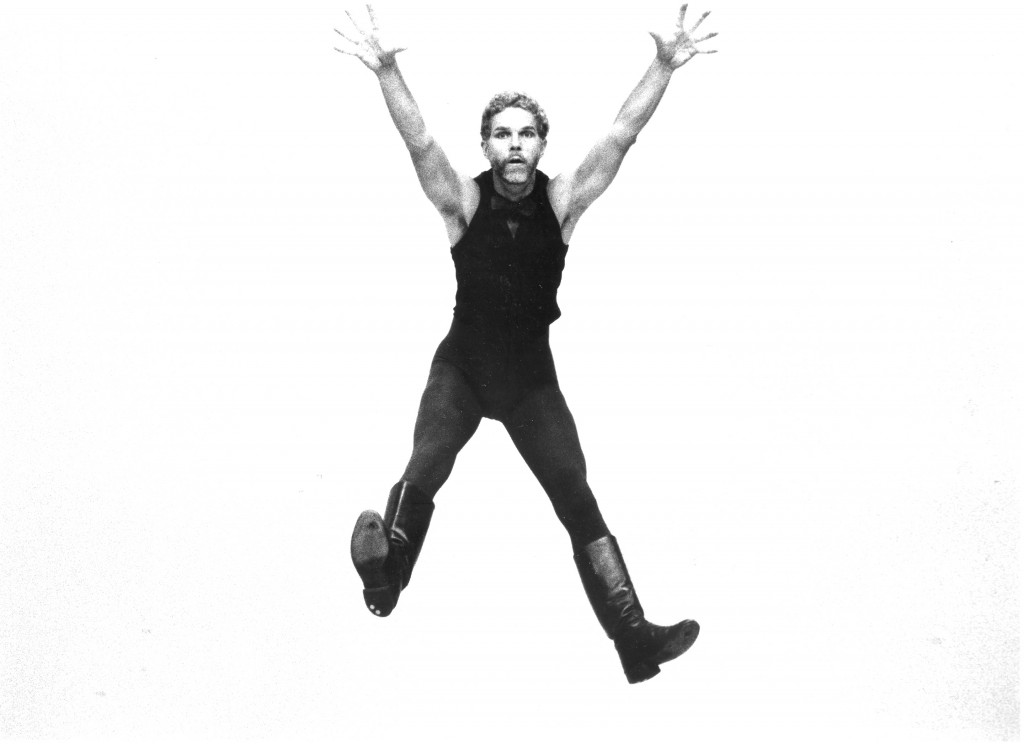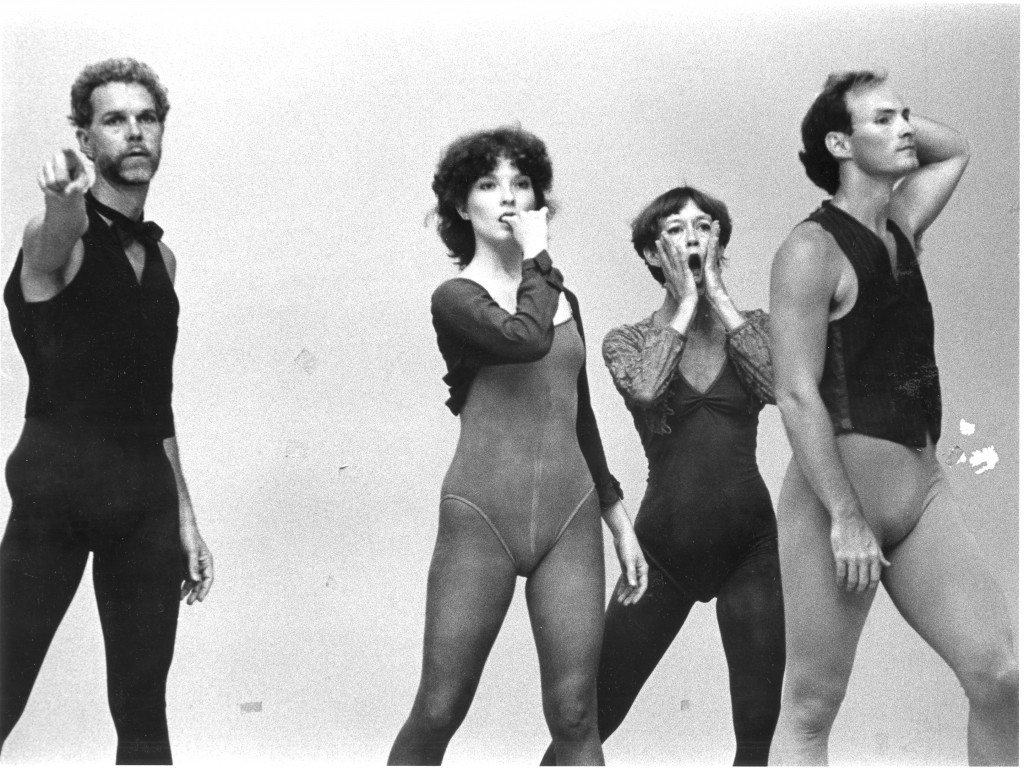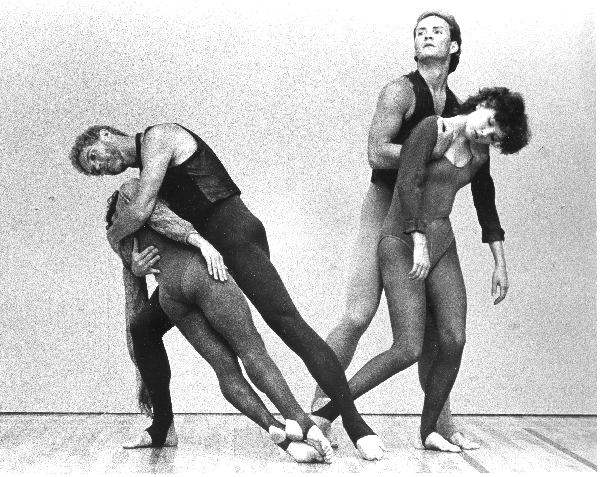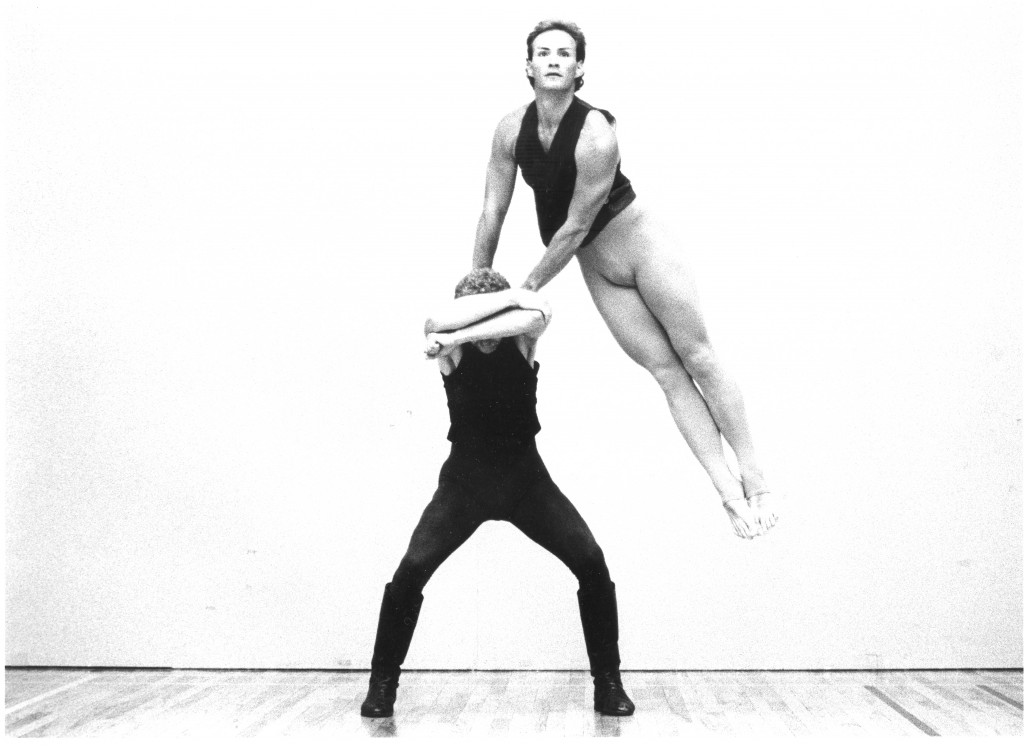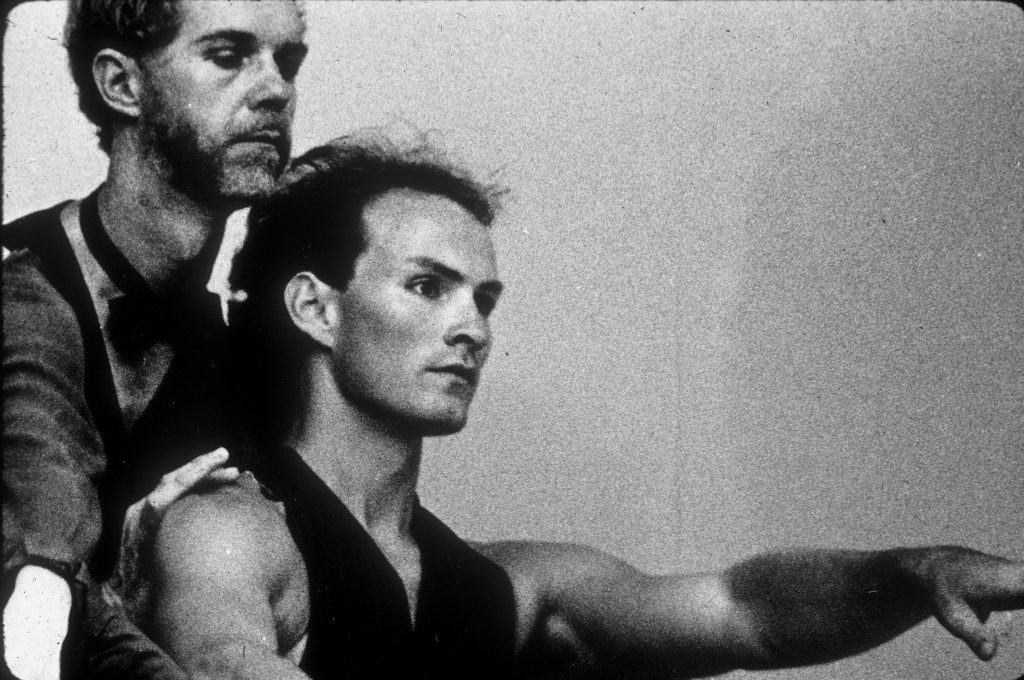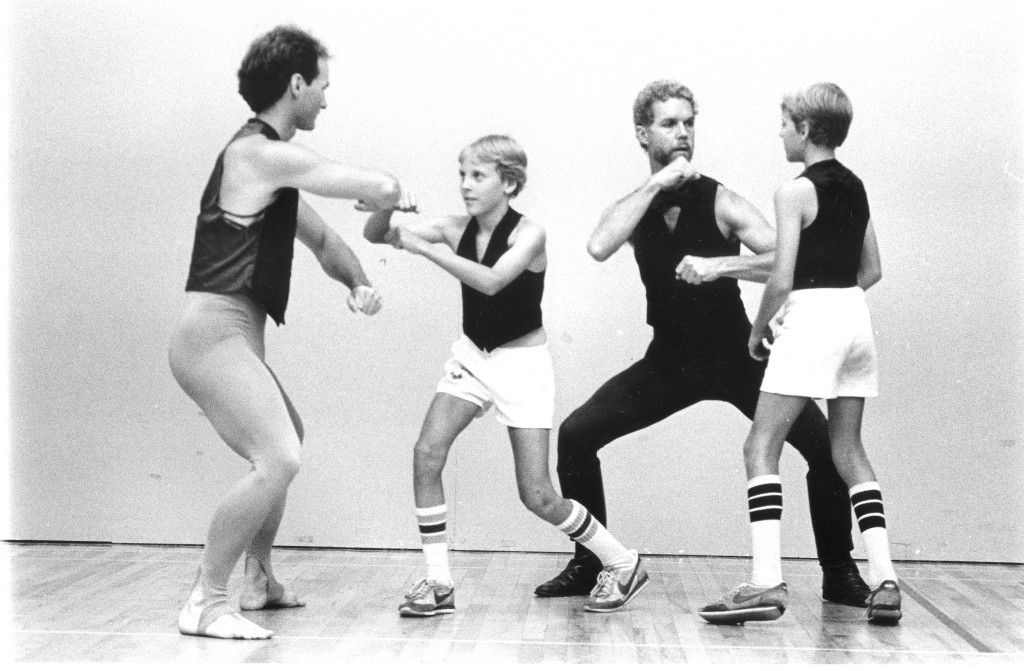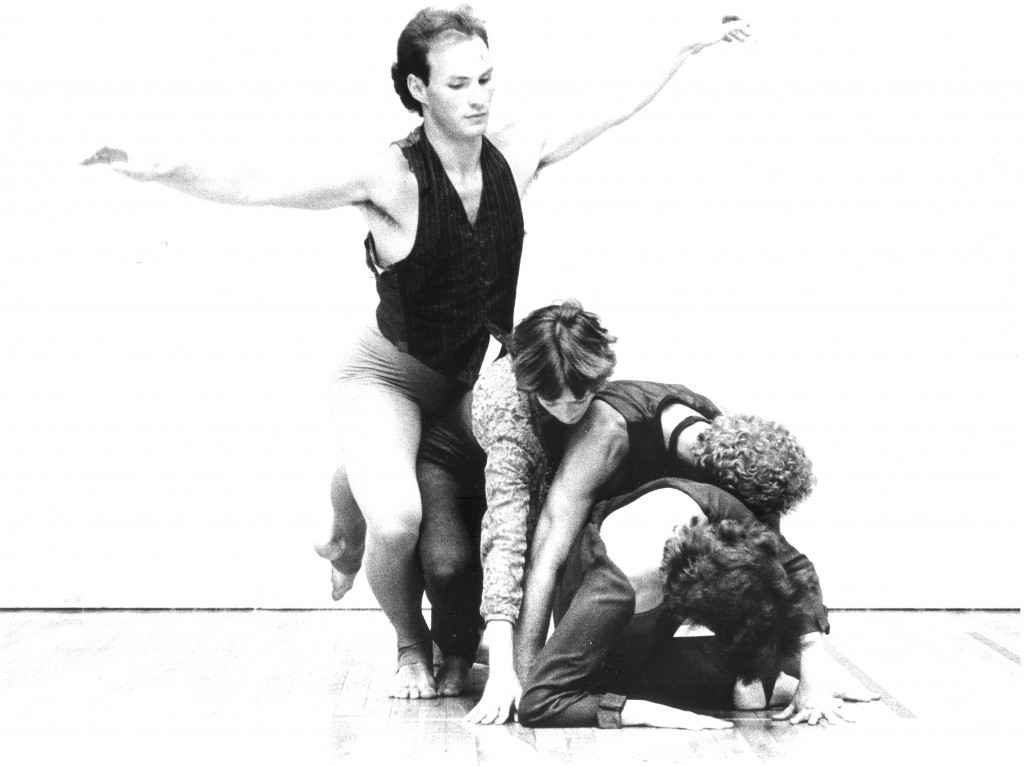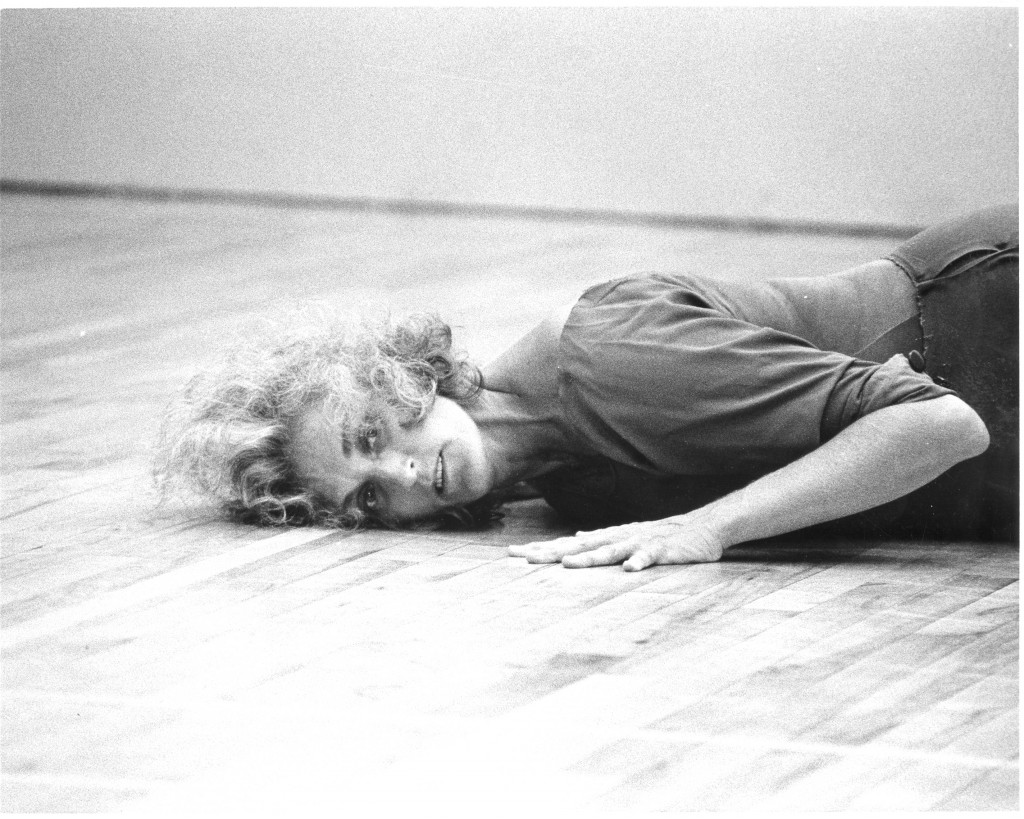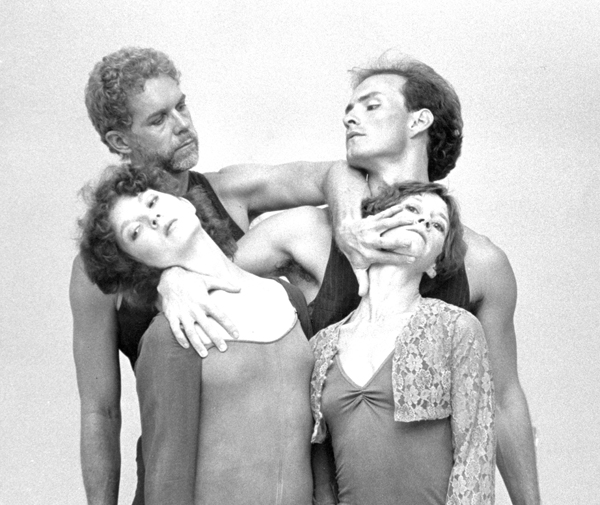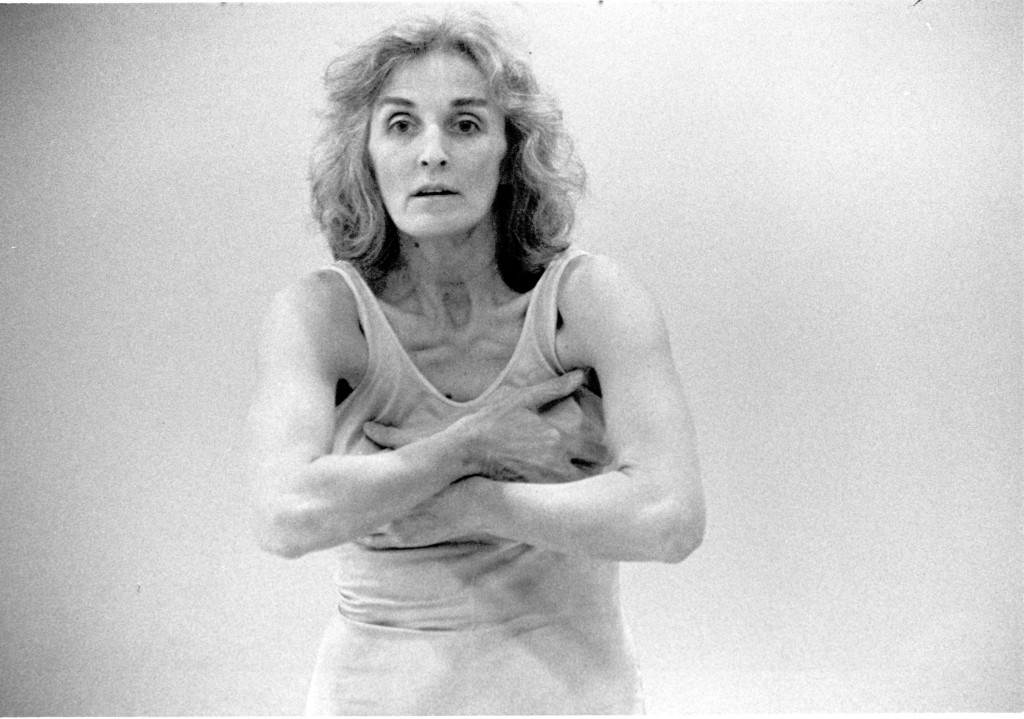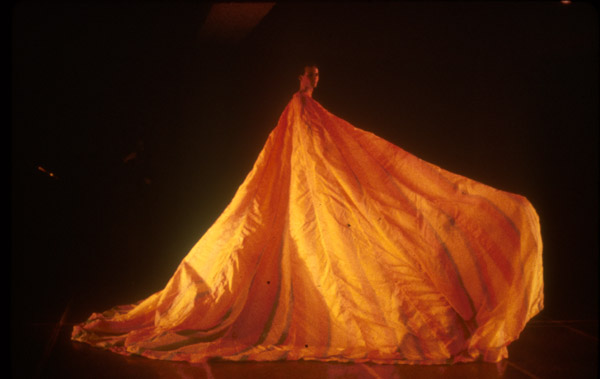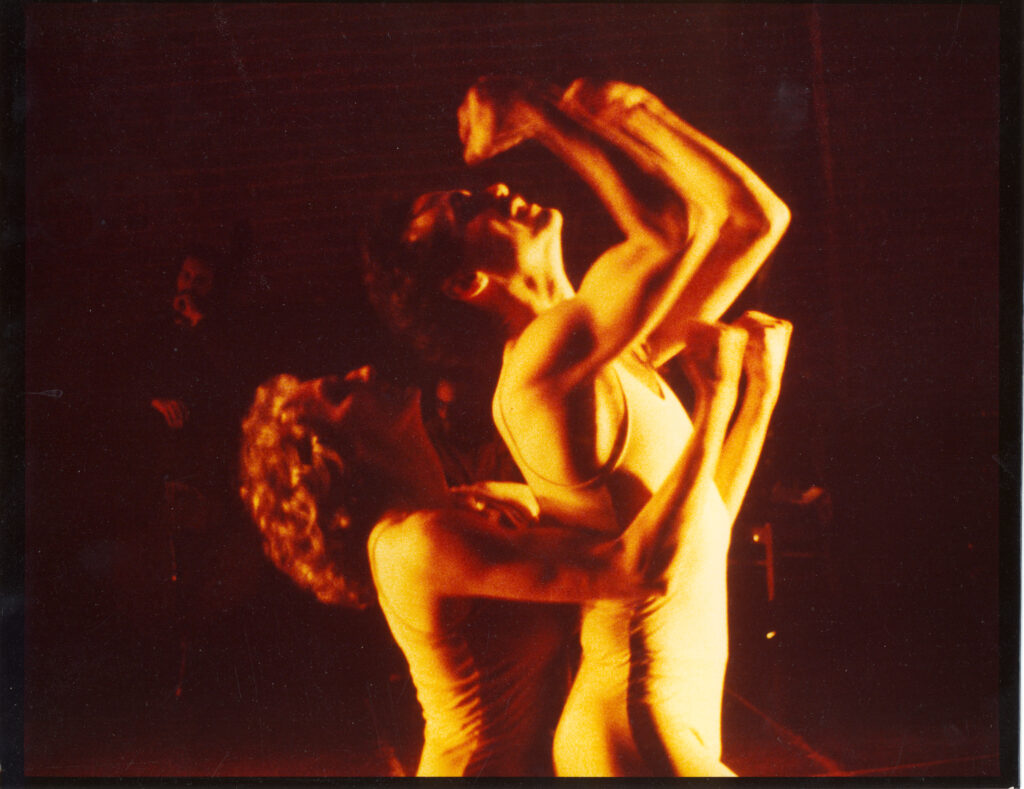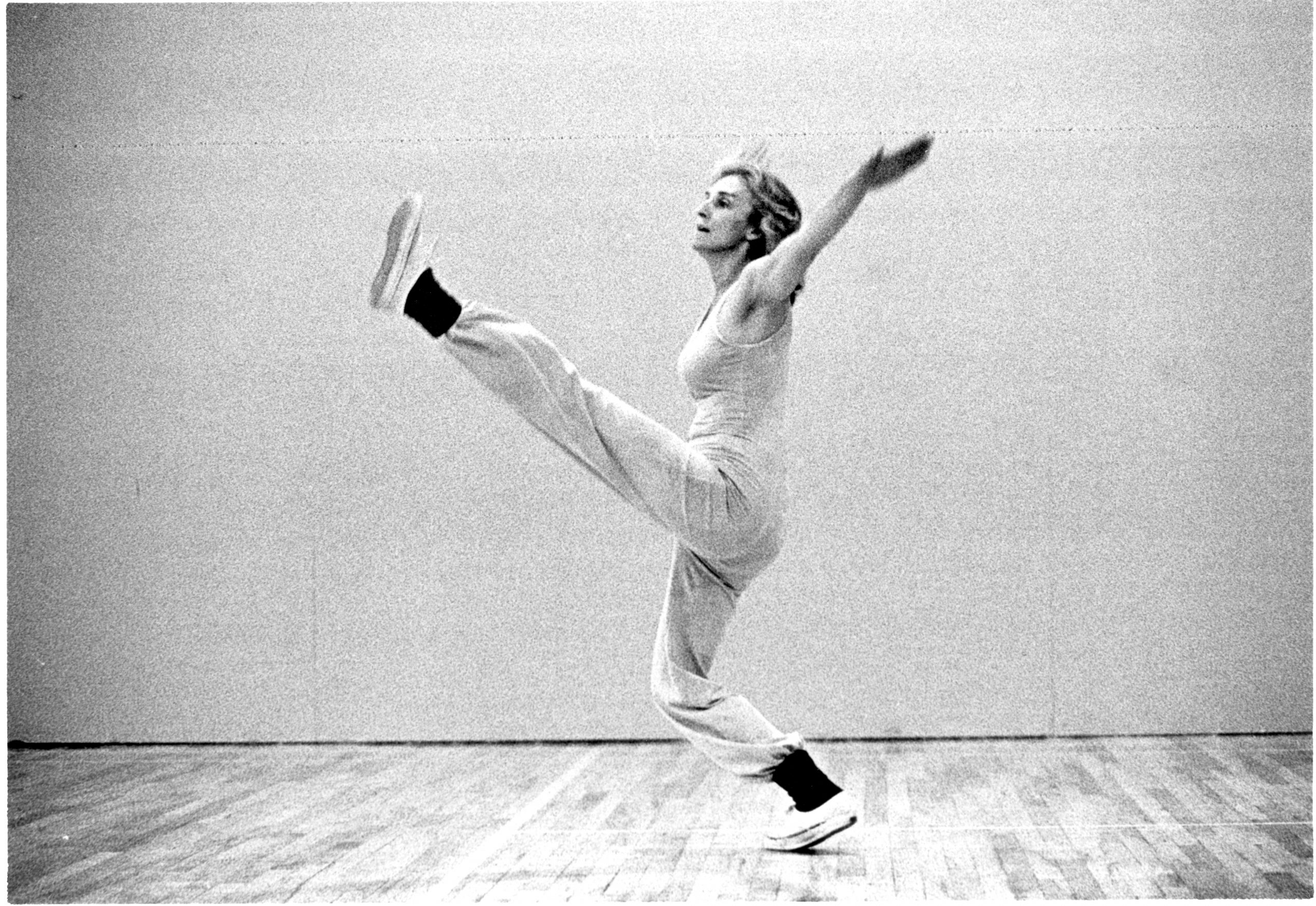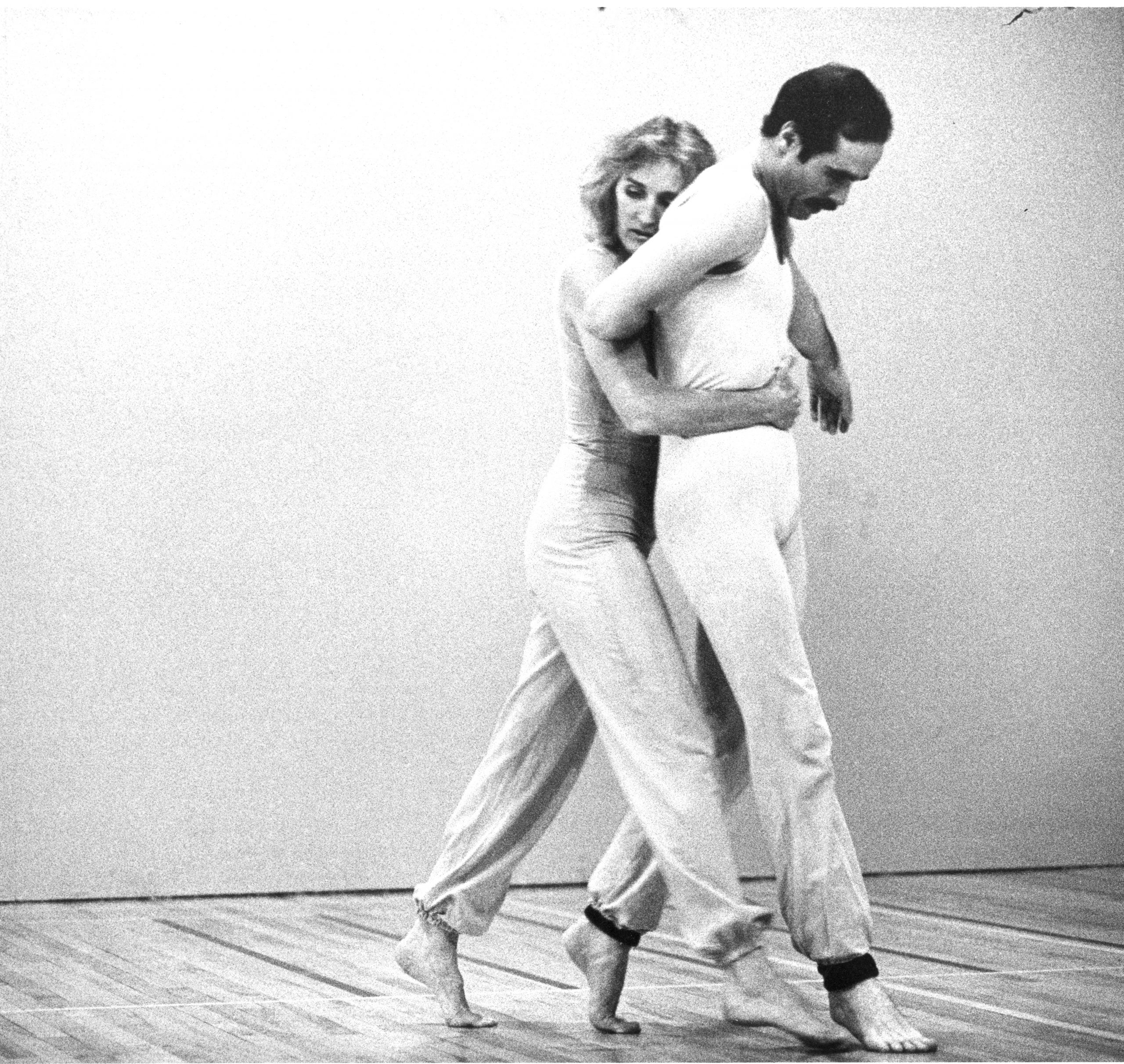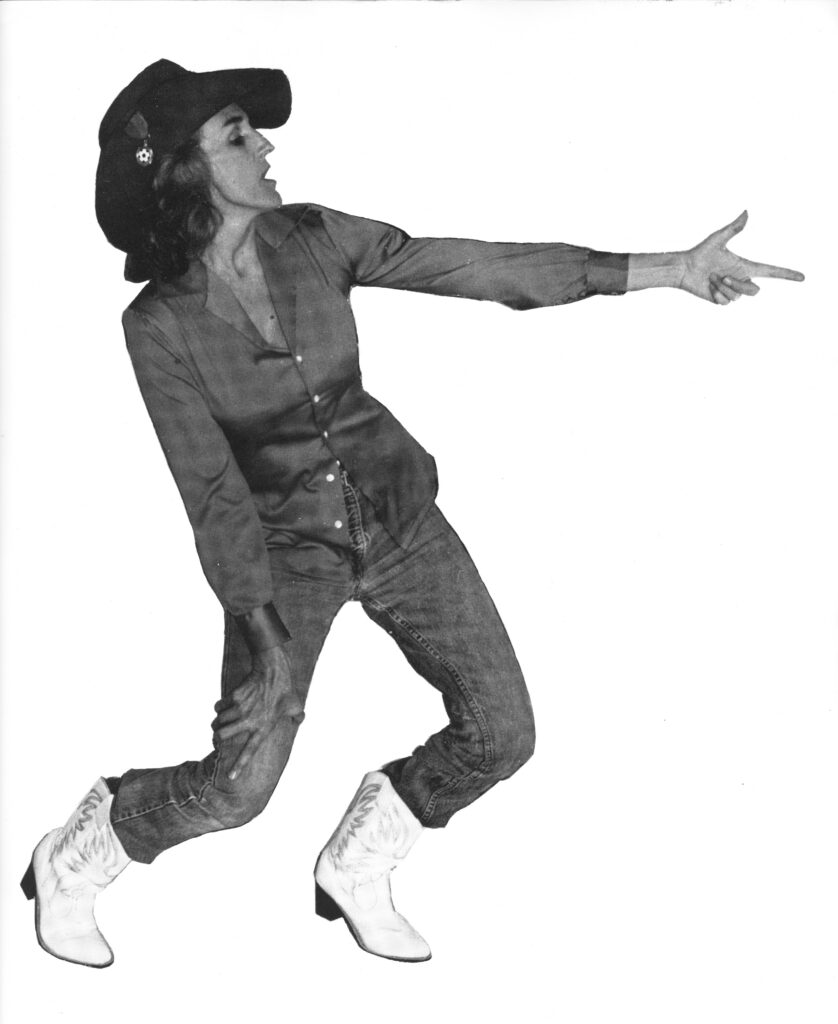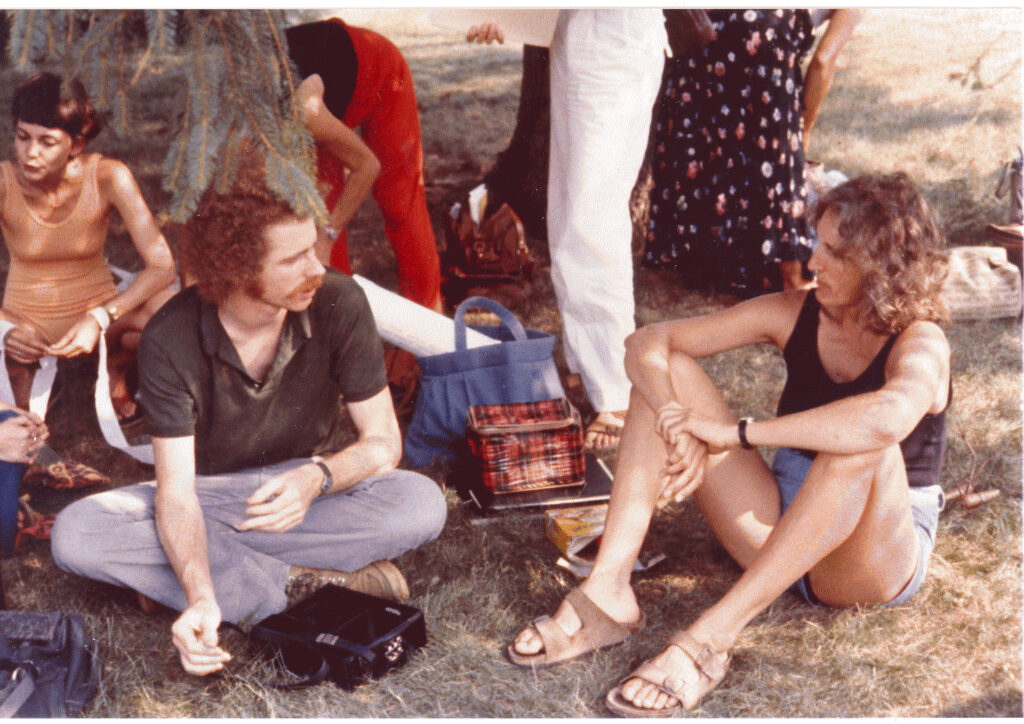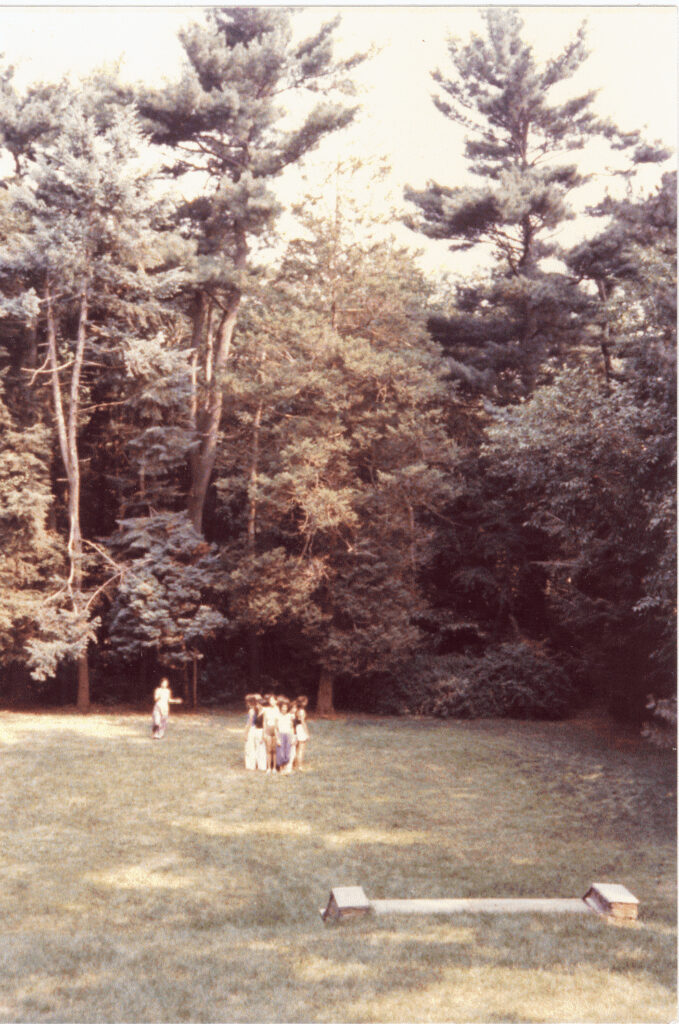1981 – Stall. an evening length collaborative performance of dance, sound sculpture, and music choreographed by Maida Withers; a rotating loudspeaker installation by John Driscoll, composer/sculptor, Phil Edelstein, rotating loudspeaker animation, with dancers from Maida Withers Dance Construction Company. Charmed Particles, music, was the early name for what became Stall. The performance is a result of a dialogue between art and science, and presents an innovative work integrating art, music, dance, and electronic technology (rotating loudspeaker).
The rotating loudspeaker, designed by John Driscoll, suspended above the dancers at center stage, creates dynamic movement patterns which are sympathetic to the motion of the dancers. The dance was first created for one male and two female dancers and latter included an additional male and female dancer. The instrumental loudspeaker disperses sound into the space and takes advantage of the resonant and reflective characteristics of the performance space. Sound images, created by the interaction of the space and the rotating loudspeaker, combine with music for four peripheral speakers making an acoustical phenomena which could be described as a sonic architecture. The preferred space is an open architectural space where the audience surrounds the dance space and is located between the rotating loudspeaker and the peripheral sound field.
Choreography is built in a circular structure requiring extreme stamina since the choreography is built on a continuous running base. Stall. is danced by Francis Babbs, Dale Crittenberger, Wendell Lockhart, Heather Tuck, and Maida Withers.
The world premiere of Stall. was in Berlin, Germany in May 1981 at the Festival of Pantomine, Music, Dance, and Theater at the Akademie der Künste with support of the Director, Nele Herling, with Maida Withers Dance Construction Company, John Driscoll, and Phil Edelstein; the US premiere was at the Pension Building (now the National Building Museum) in Washington, D.C. in October 1981.
Stall. was in residence at the Akademie Der Kunste Festival in Berlin, Germany for three weeks prior to the public performance on Friday, May 22, 1981 a 22:30 pn…Ausstellungshalle. We discovered at the Akademie in Berlin another rotating loudspeaker that was a ball shape….perhaps the first ever created.
Stall. premiered in the USA at the Pension Building (National Register of Historic Places that now houses the National Building Museum) on October 20, 1981, for the 9th Street Crossings Festival. Washington Performing Arts Society produced the USA premiere at the Pension Building and sponsored a dinner for special guests and donors prior to the live performance event.
National Endowment for the Arts (Interdisciplinary Arts) supported the creation of the rotating loudspeaker. Unfortunately the loudspeaker was destroyed in New York City, by water flooding the storage place in Wall Street during the destructive Hurricane Sandy.
Choreography from Stall. was later presented June 16 – 18, 1982 in Dorothy Betts Marvin Theatre as part of the GW Summer Dance Workshop Performance using a neon sculpture on stage created by Margery Goldberg. For this performance there was no rotating loudspeaker set.
CREDITS: Stall. an evening length collaborative performance of dance, sound sculpture, and music (1981)
Maida Withers, choreography
John Driscoll, composer/sculptor, rotating loudspeaker installation concept and design
Phil Edelstein, rotating loudspeaker animation
Dance Construction Company dancers, Frances Babb, Dale Crittenberger, Heather Tuck, Maida Withers, Wendell Lockhart
Maida Withers, costumes
William (Bill) DeMull, light design
Michael Moser, videographer
Dennis Deloria, photographs
World Premiere: Festival of Pantomime, Music, Dance, and Theater; Akademie der Künste, Berlin, Germany, following a 3-week residency (May 22, 1981)
US premiere: Washington Performing Arts Society, 9th Street Crossings Festival, Pension Building (National Building Museum, designated a National Historic Landmark), Washington, DC (October 20, 1981).
AUDIO LINKS (John Driscoll, Composer):
Akademie der Kunste Audio Link, Berlin: https://www.dropbox.com/scl/fo/khnc50m21zsxcbqz45185/AAuL9rDJm0COIHq8lKdJyJQ?rlkey=plugly6oufh6qvxv1eipof7re&dl=0
Pension Building (National Building Museum, currently), Washington, DC: https://www.dropbox.com/scl/fo/8sw130qmht23eoa3p1658/AHyv7xezNGIJhNoGDOTtY30?rlkey=qgsl2gdypdiijk4fpjy4ty8m7&dl=0
Note: The Pension Bldg recordings are of different dates. The recordings are in .wav format. I can convert them to another format if you need to.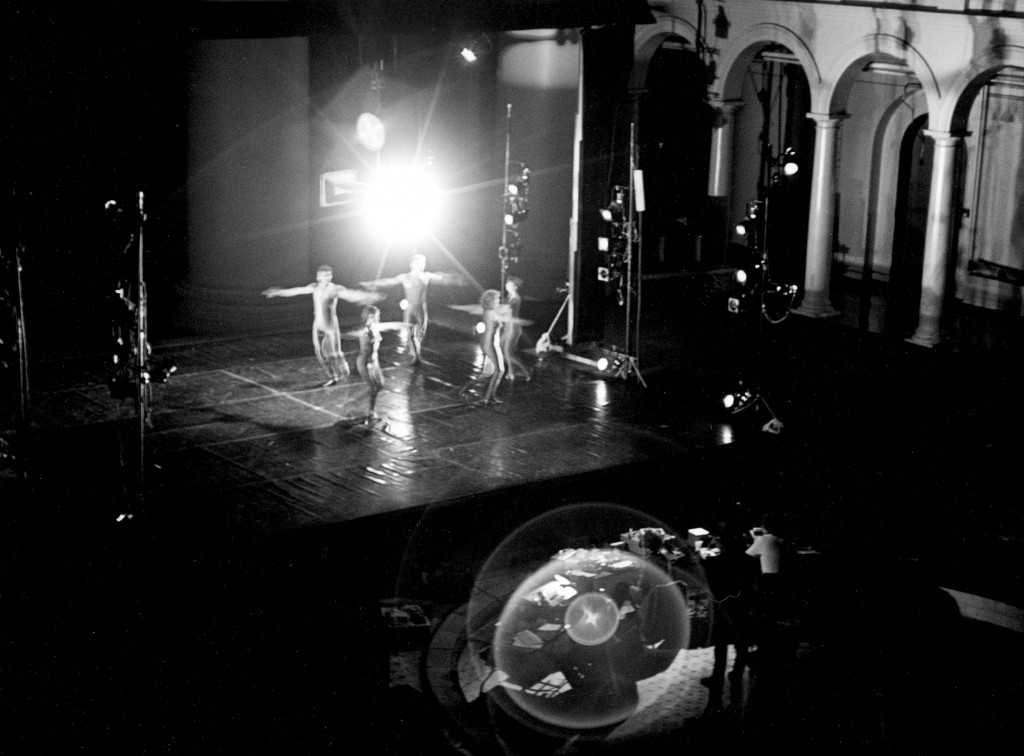
Dance Company; John Driscoll and Phil Edelstein, Speaker/Sound
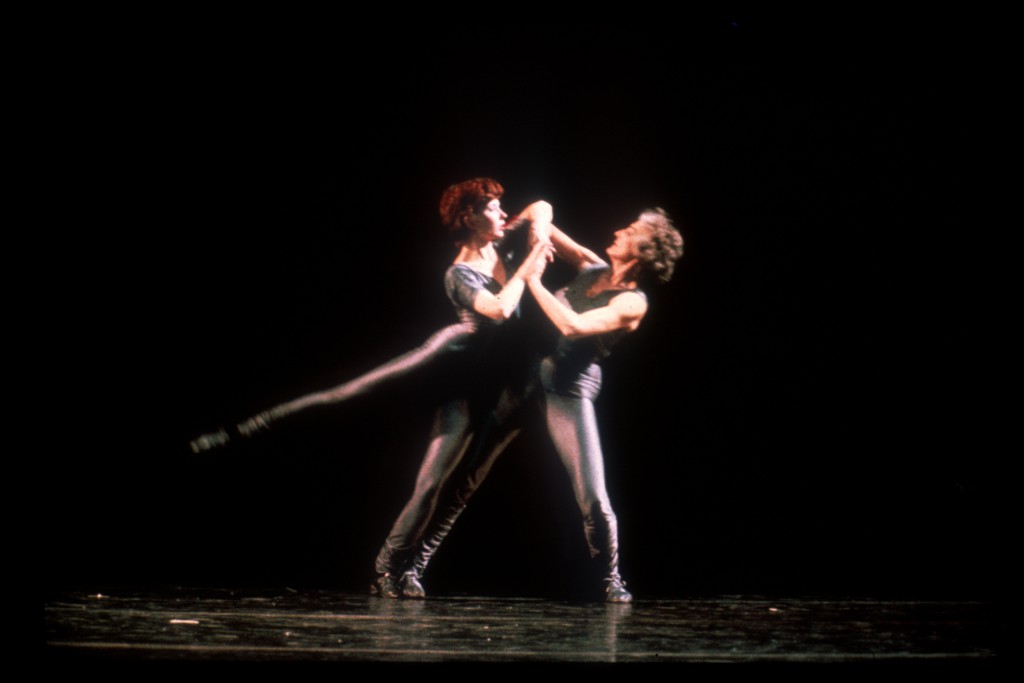
Frances Babbs, Maida Withers
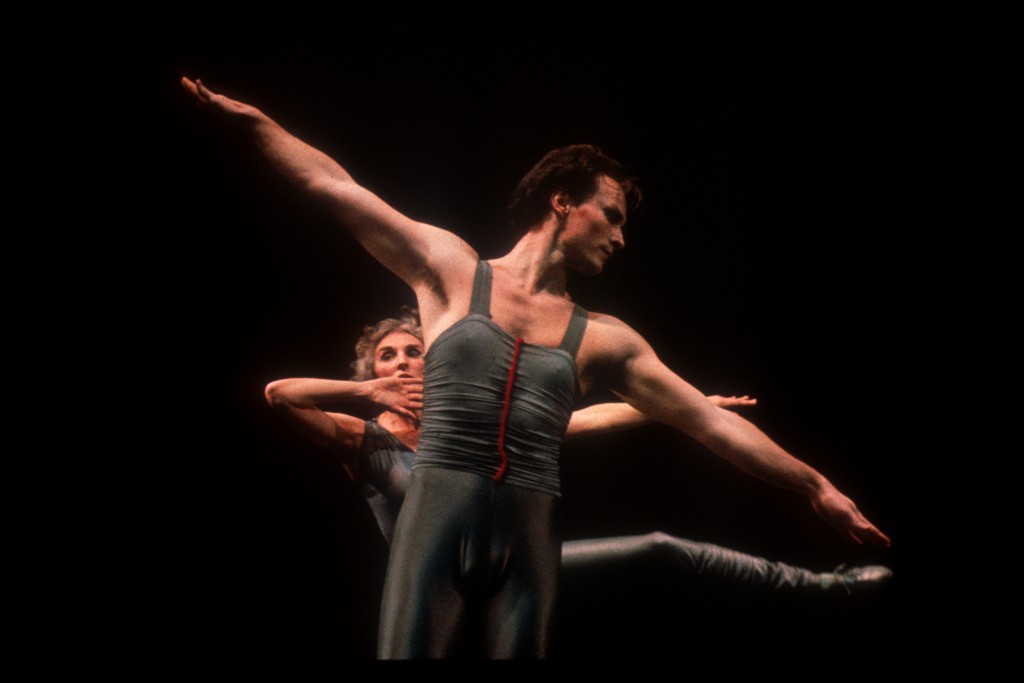
Dale Crittenberger, Maida Withers
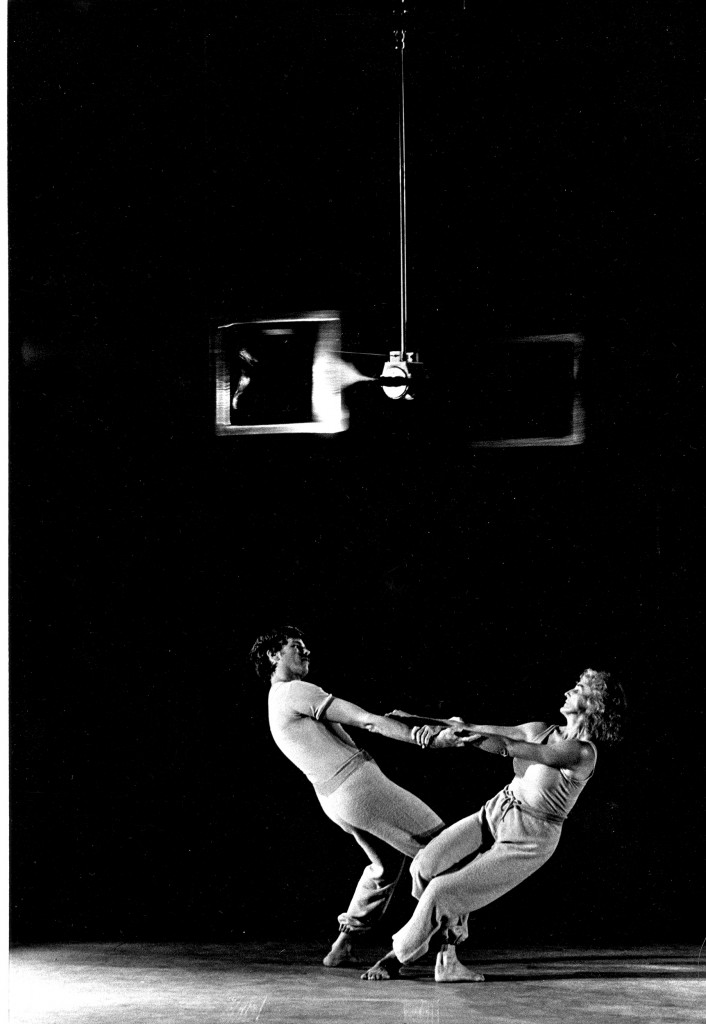
Rotating Loudspeaker above Brook Andrews and Maida Withers (rehearsal)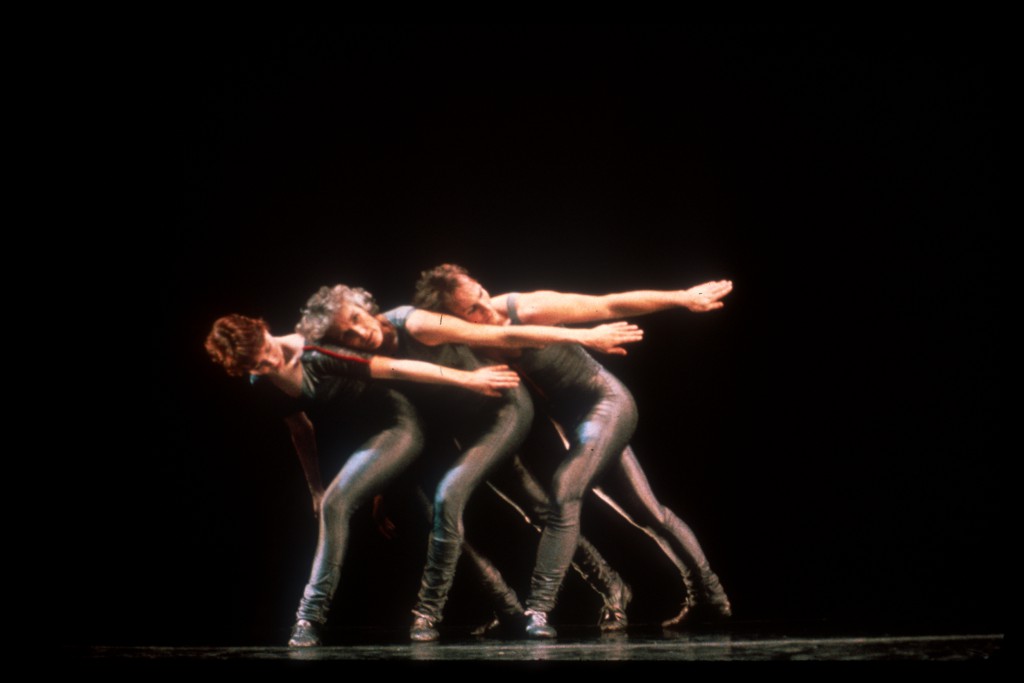
Frances Babbs, Maida Withres, Dale Crittenberger
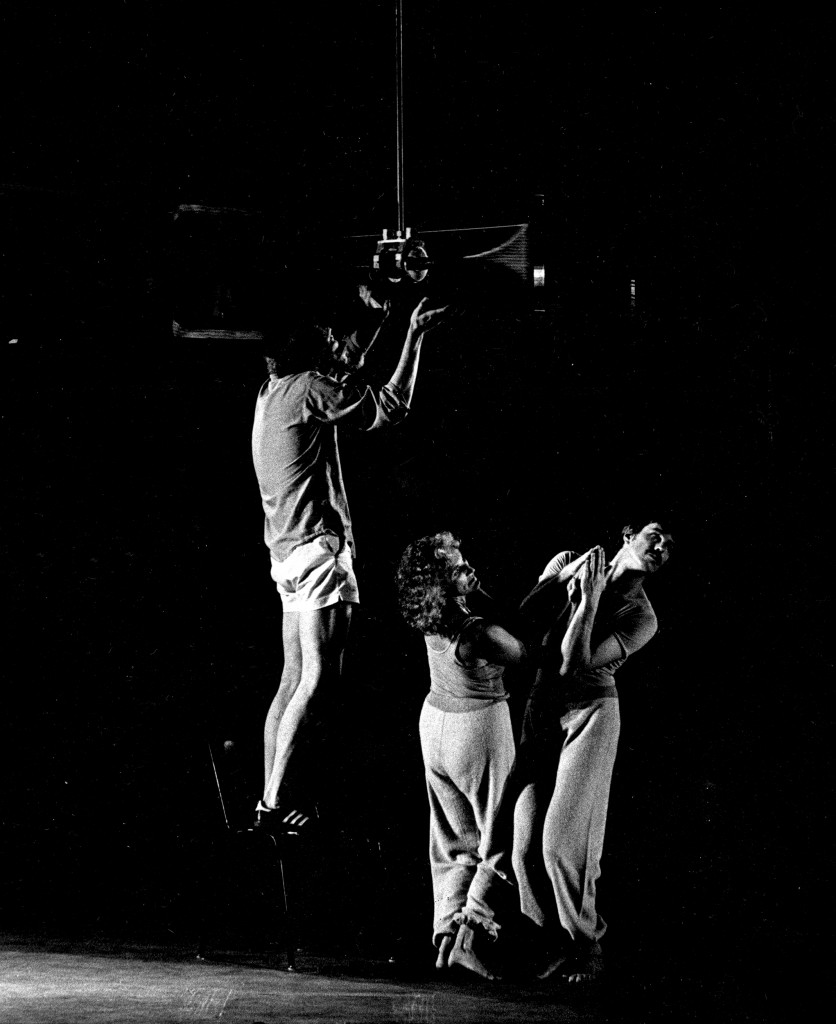
John Driscoll, Maida Withers, Brook Andrews with the Rotating Loudspeaker (rehearsal)
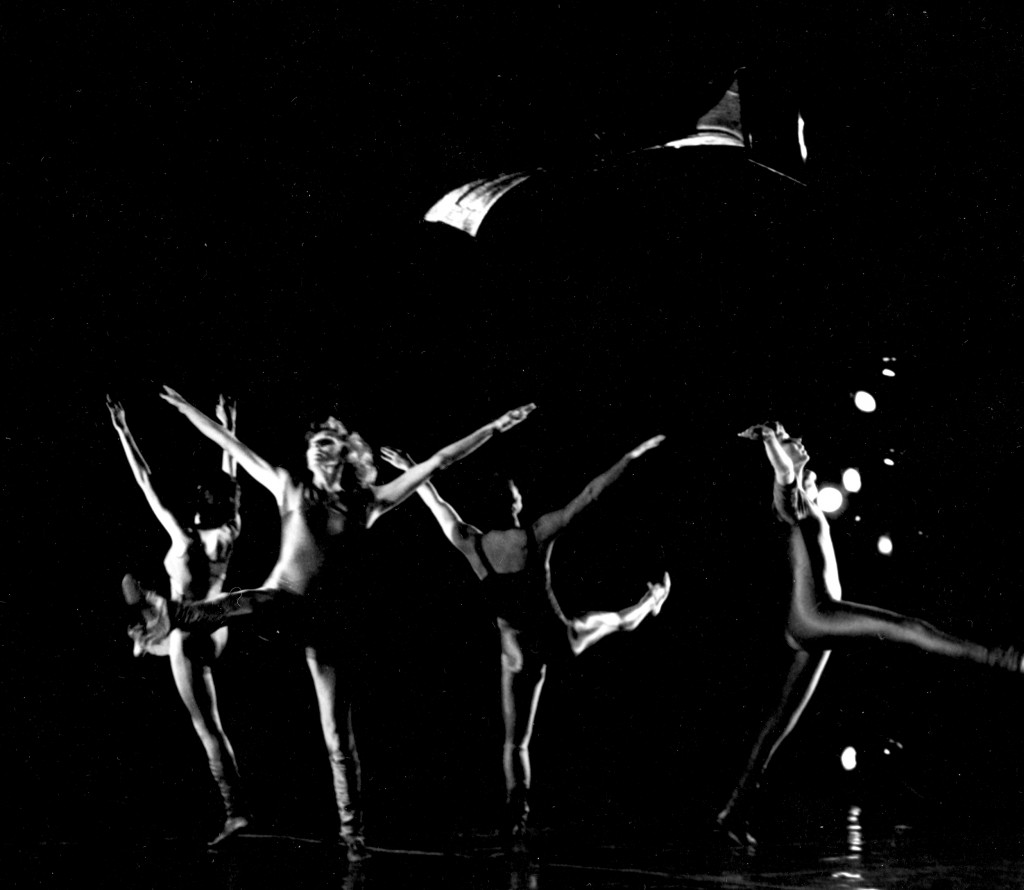
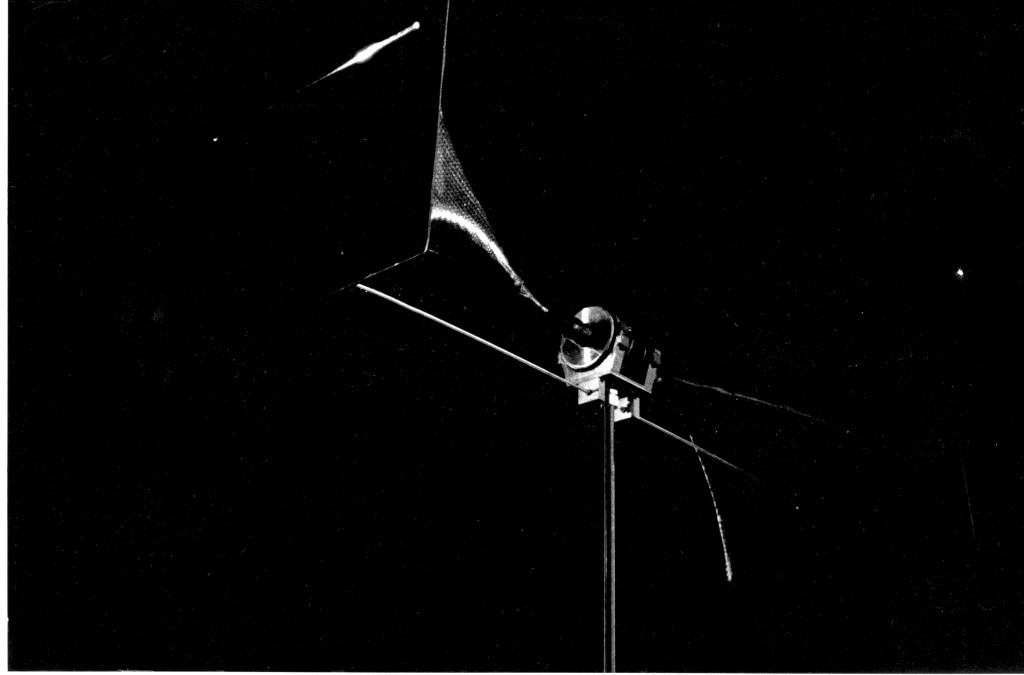
Rotating Loudspeaker, John Driscoll
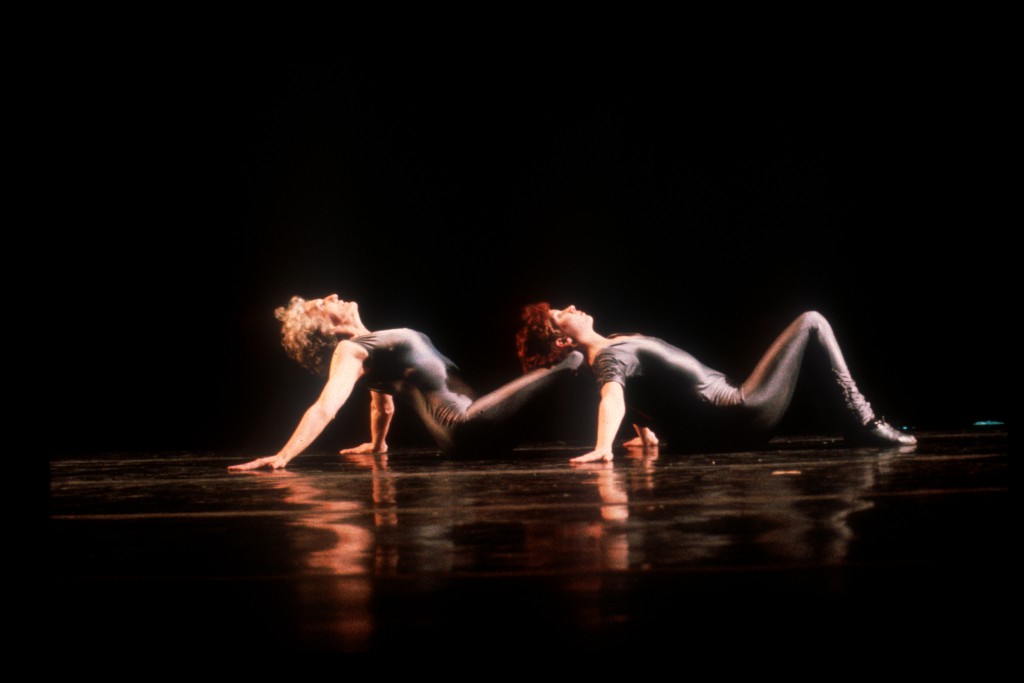
Maida Withers, Frances Babbs
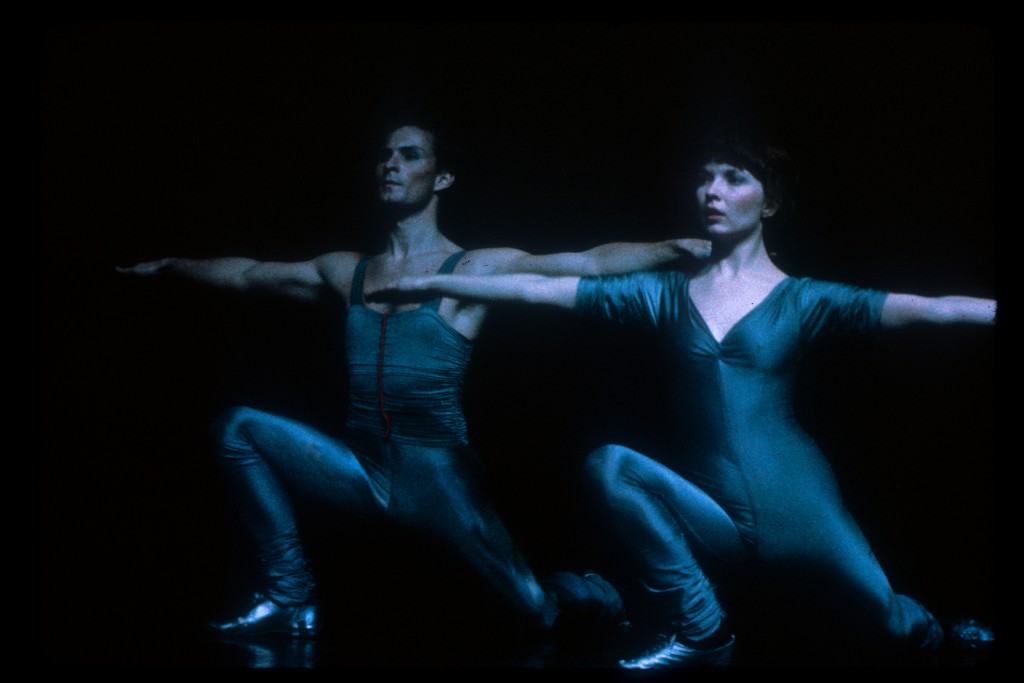
Dale Crittenberger, Frances Babbs
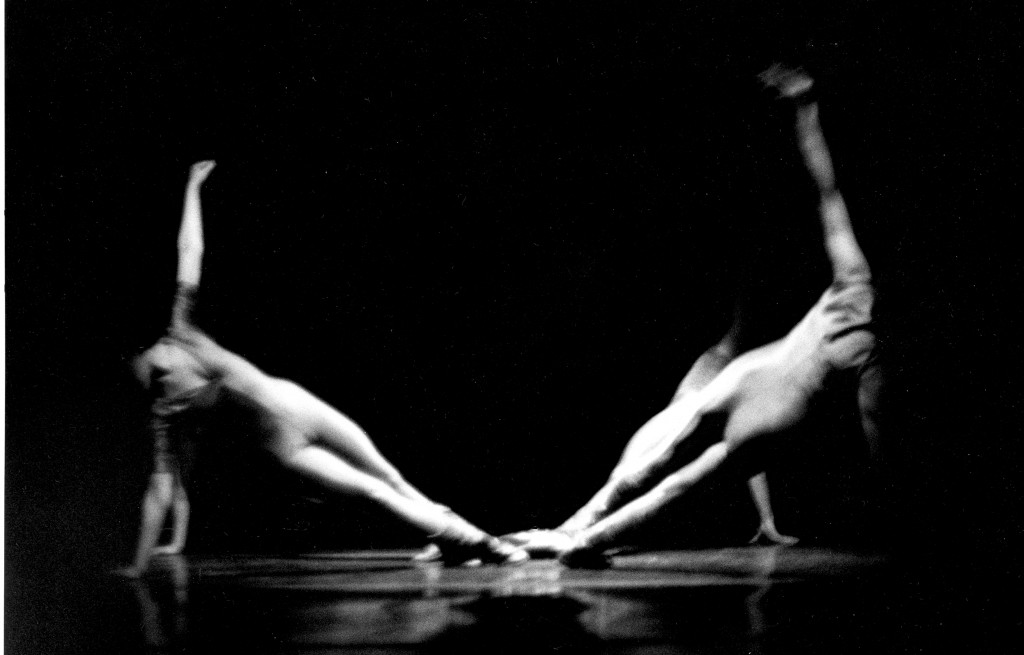
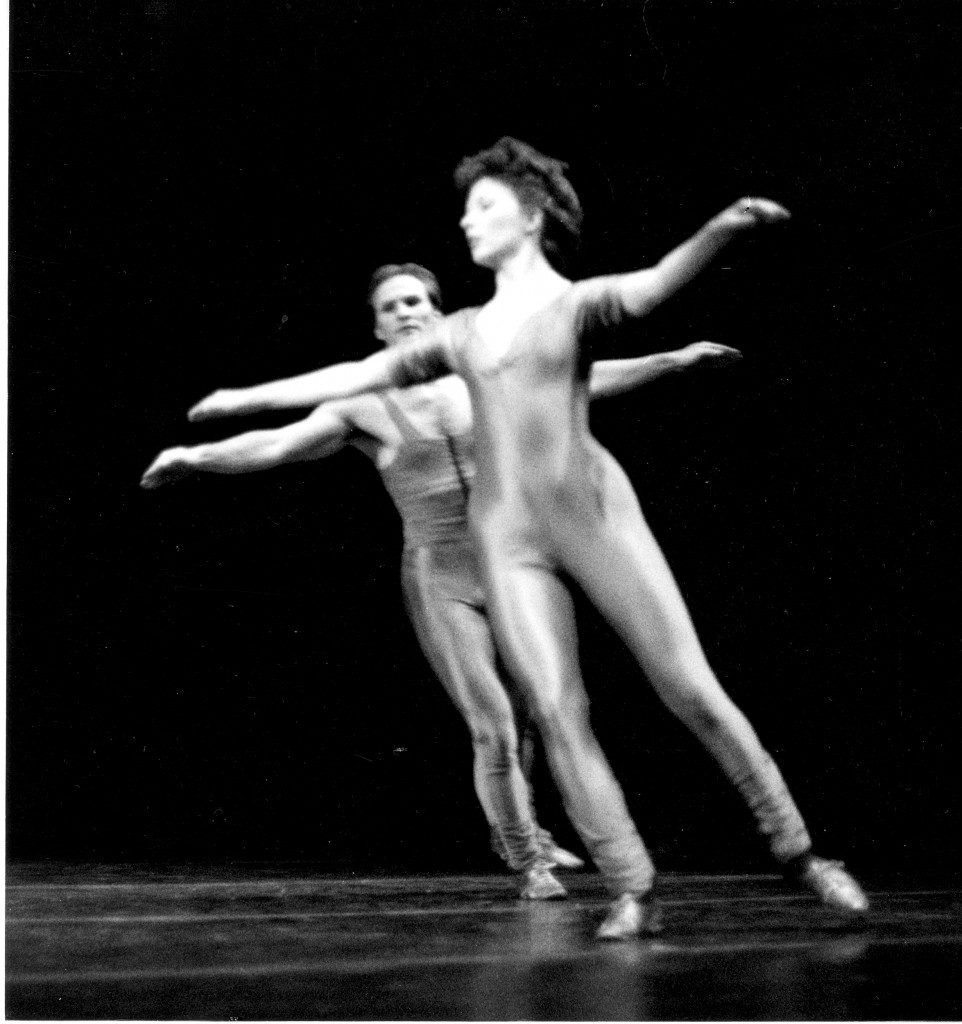 Dale Crittenberger, Frances Babbs
Dale Crittenberger, Frances Babbs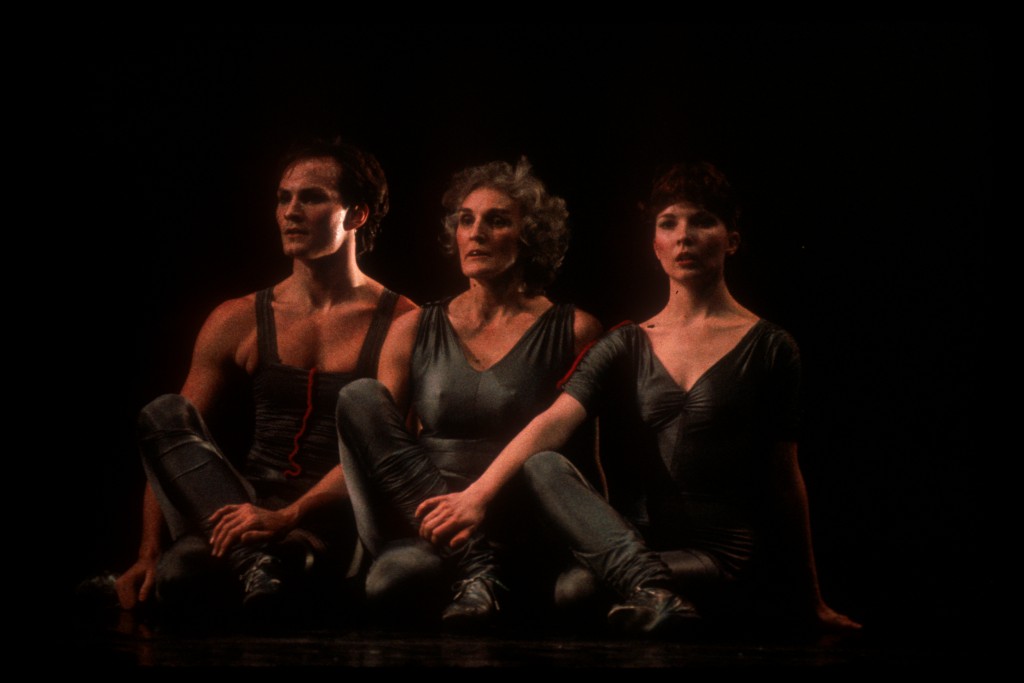
Dale Crittenberger, Maida Withers, Frances Babbs
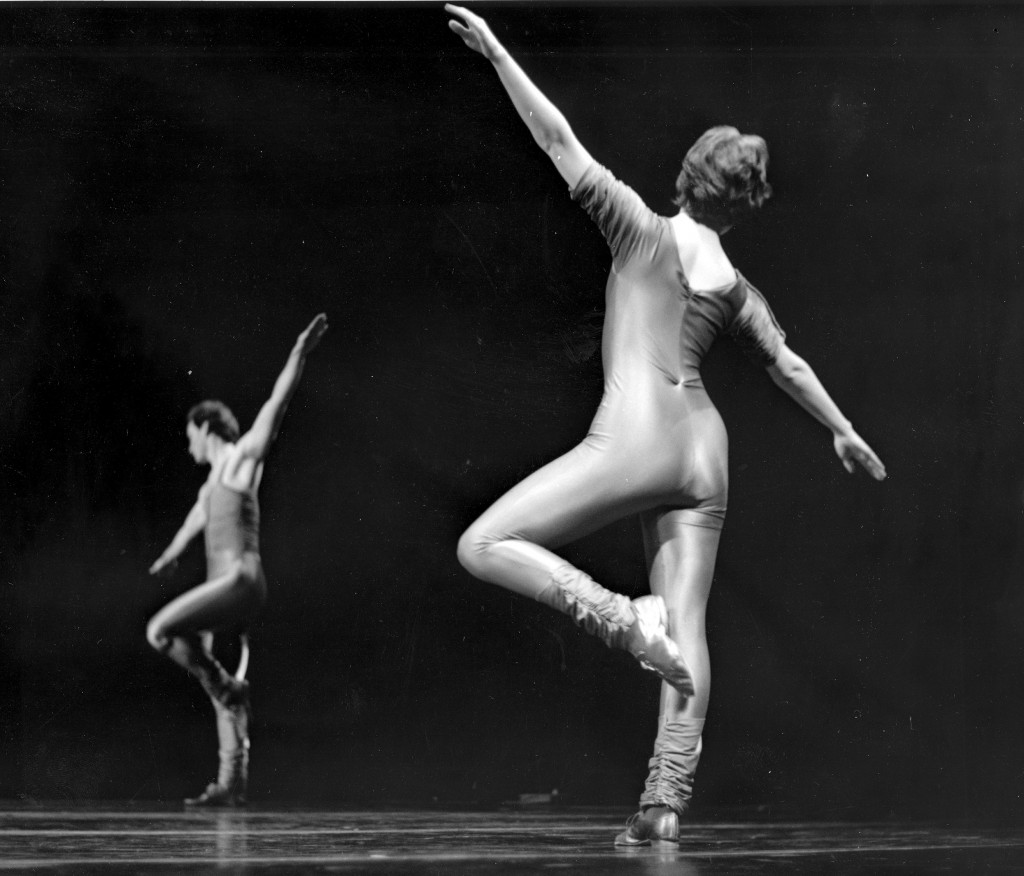
Dale Crittenberger, Frances Babbs
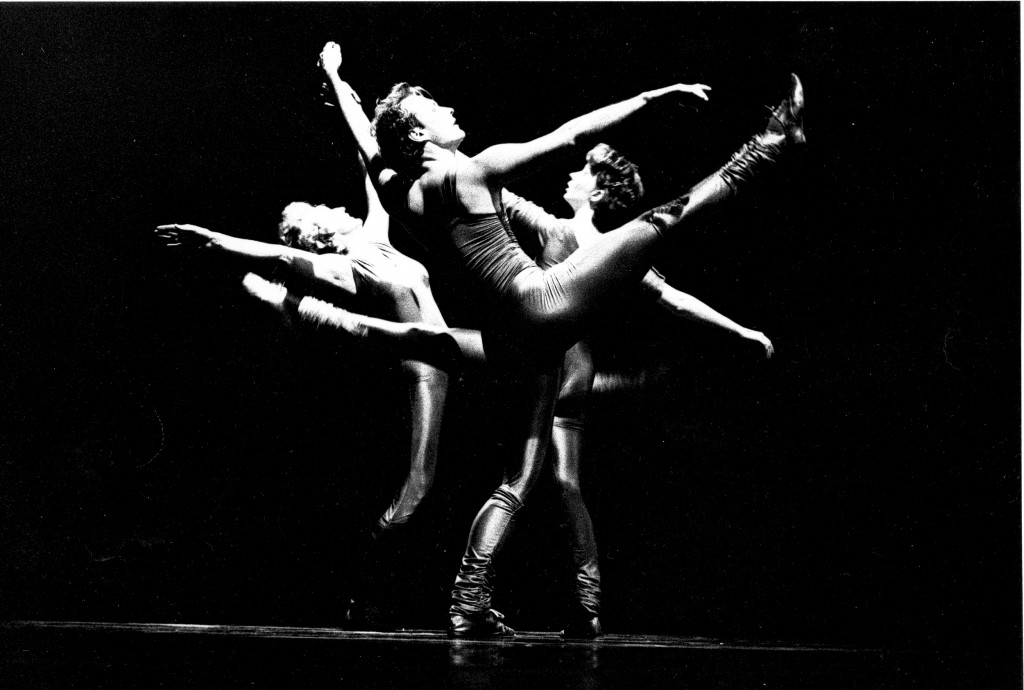
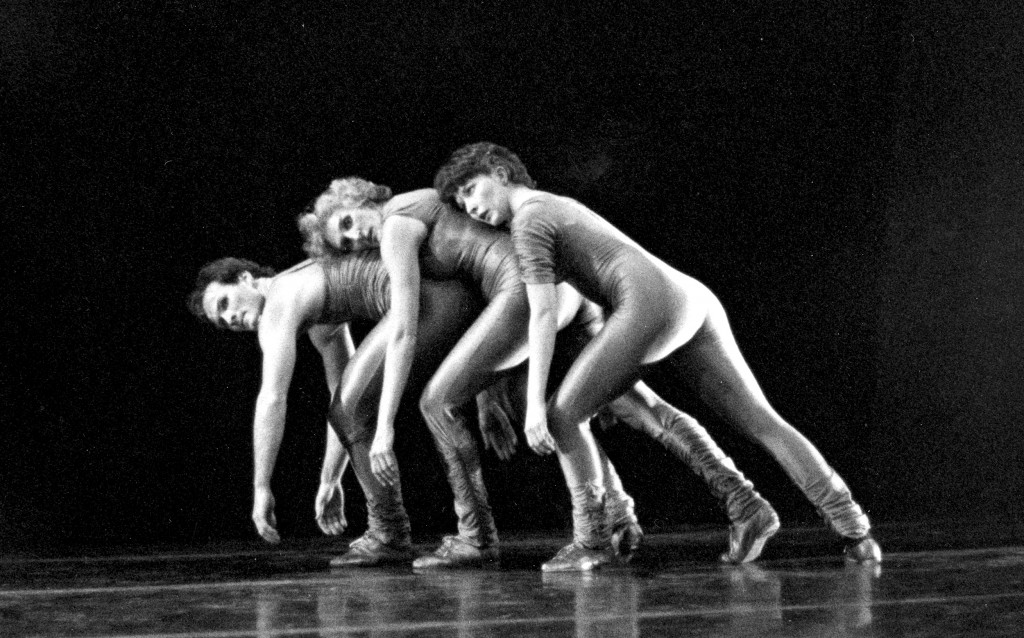
Dale Crittenberger, Maida Withers, Frances Babbs
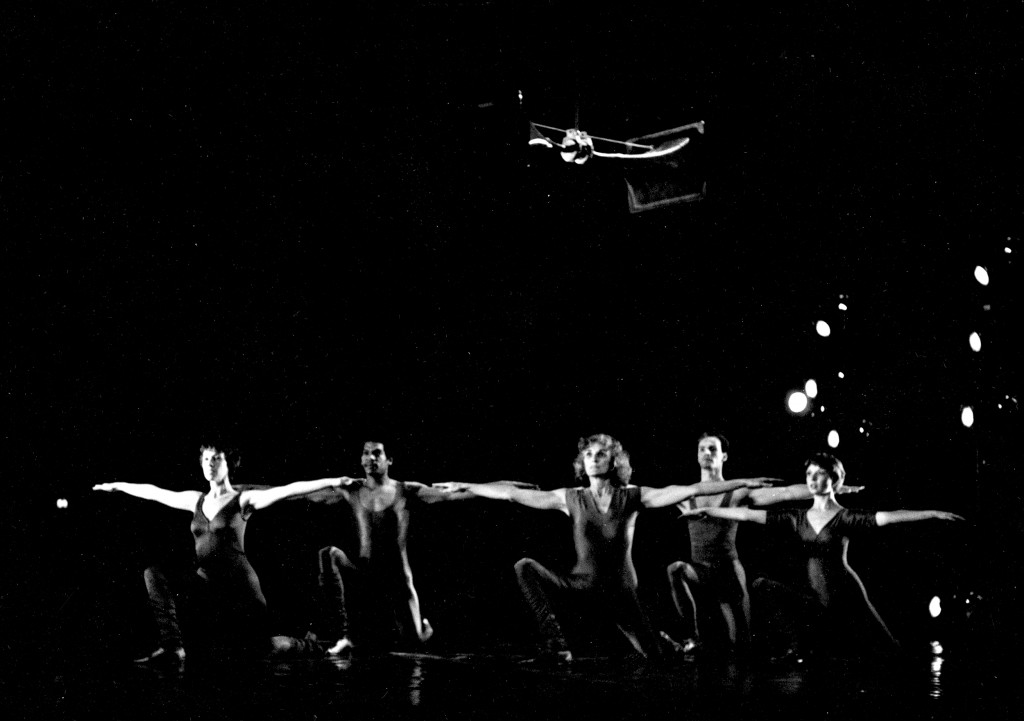
Heather Tuck, Wendell Lockhart, Maida Withers, Dale Crittenberger, Frances Babbs
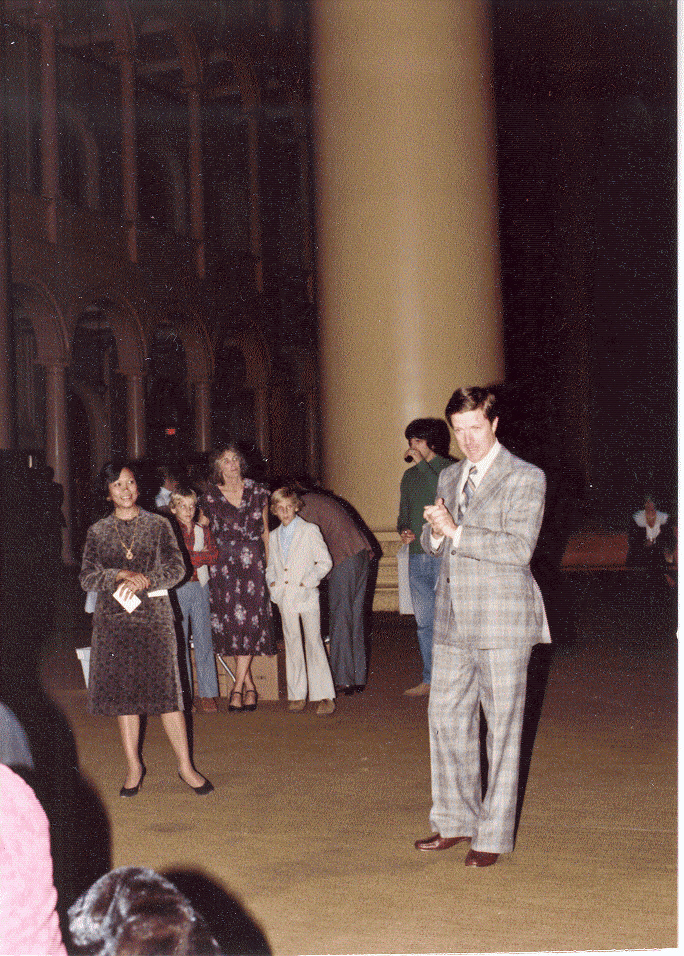
Elvi Moore, Marc, Maida, Eric Withers, Doug Wheeler _ Fundraiser, Washington Performing Arts Society, National Building Museum prior to the USA premiere
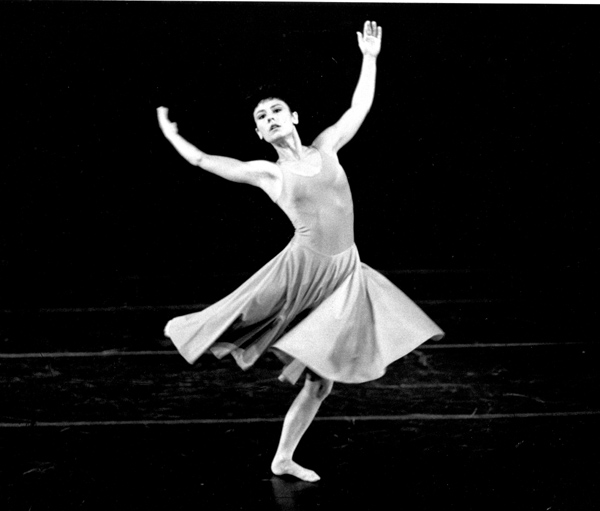 Karen Serio
Karen Serio 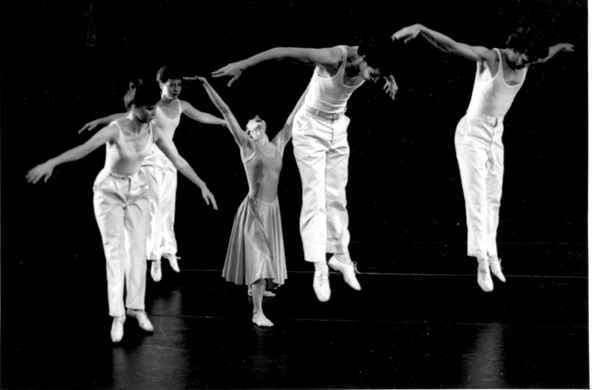 ? Susan Short Bensinger Annetta Wade (solo) Bem Watts Tom Truss ?
? Susan Short Bensinger Annetta Wade (solo) Bem Watts Tom Truss ?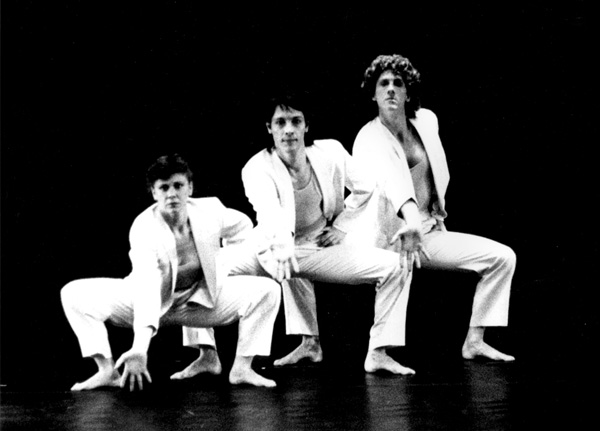
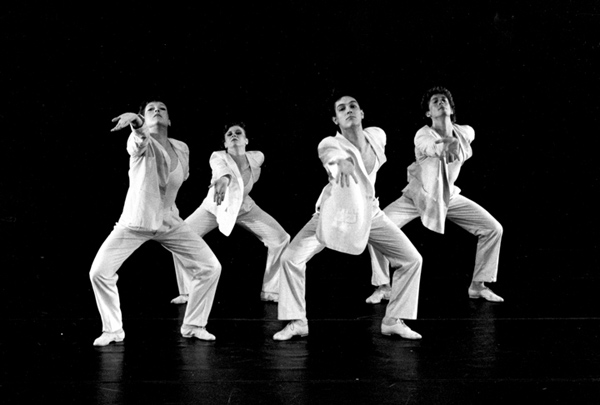
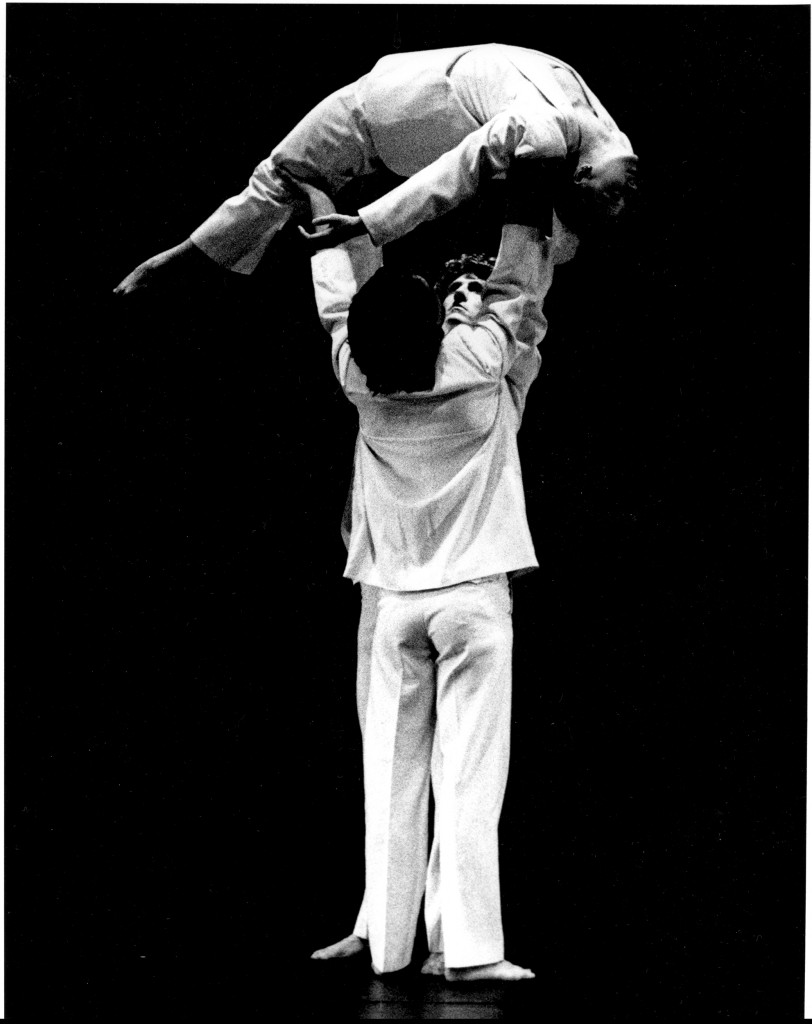
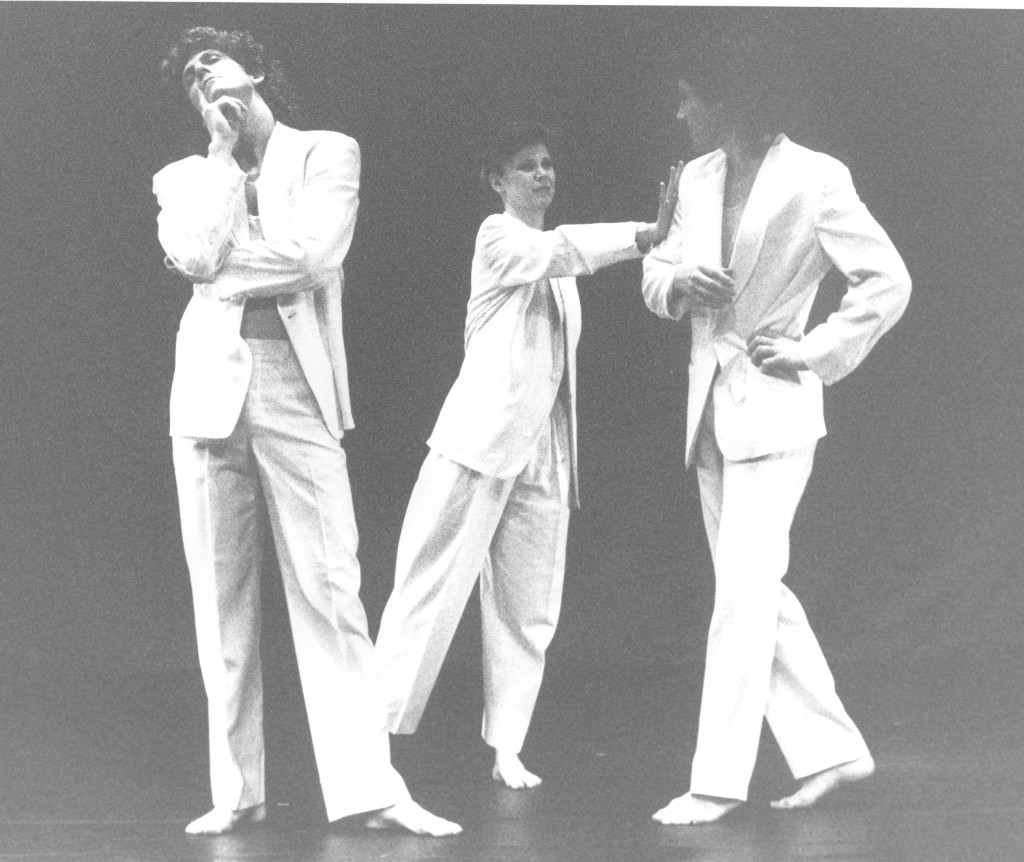
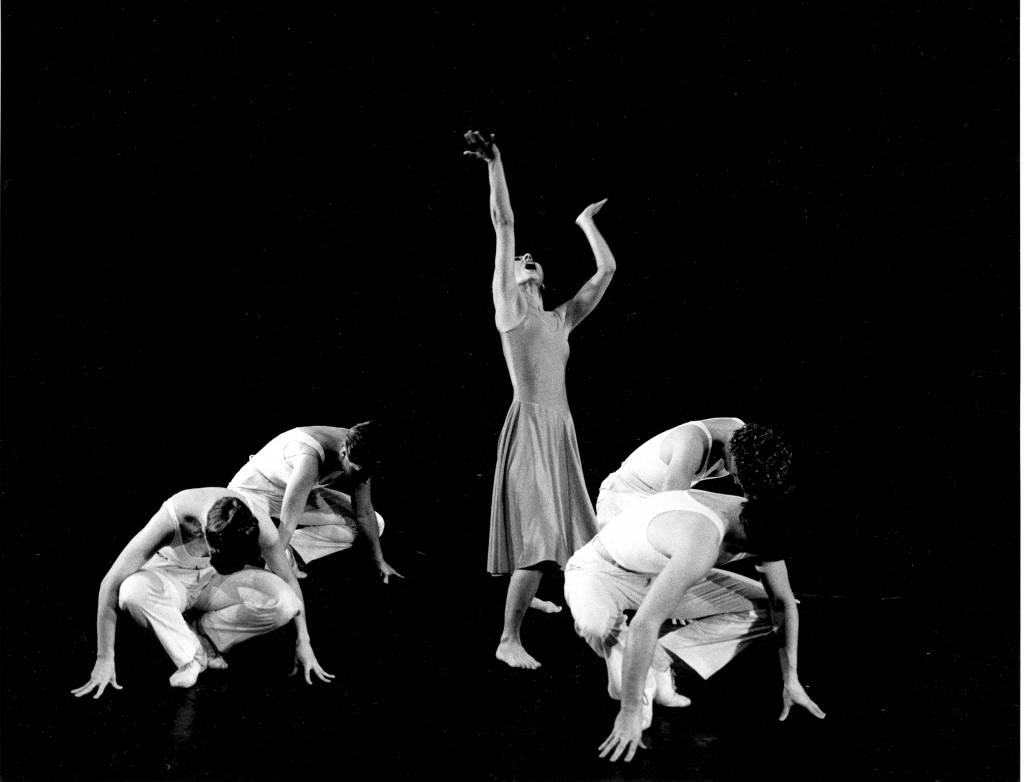
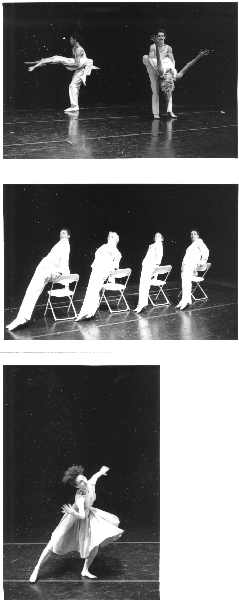
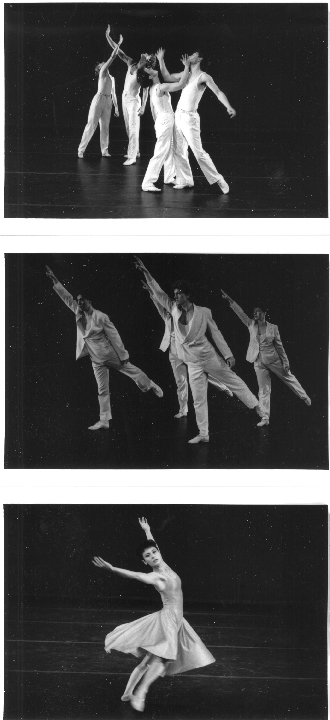 .
.
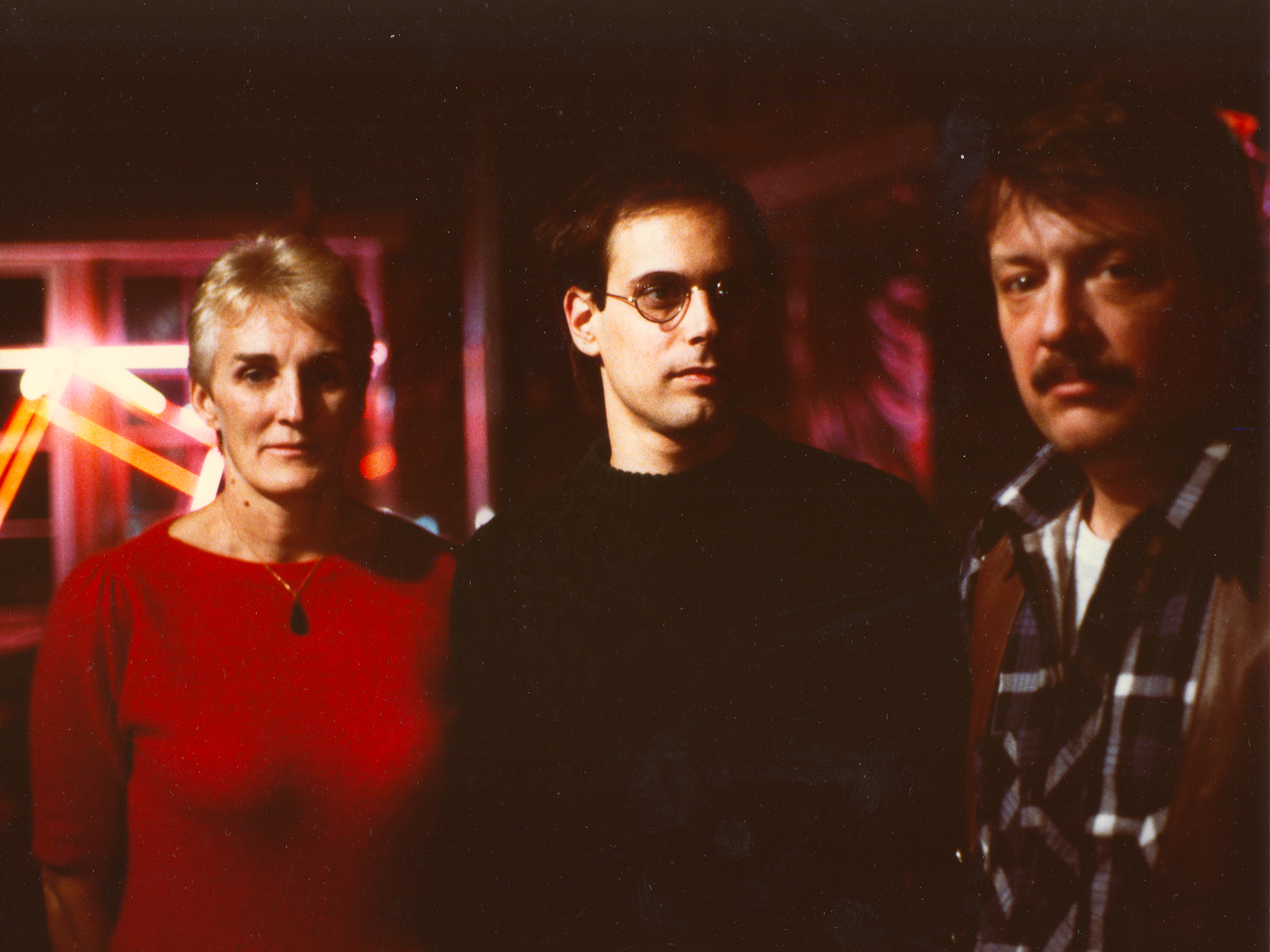
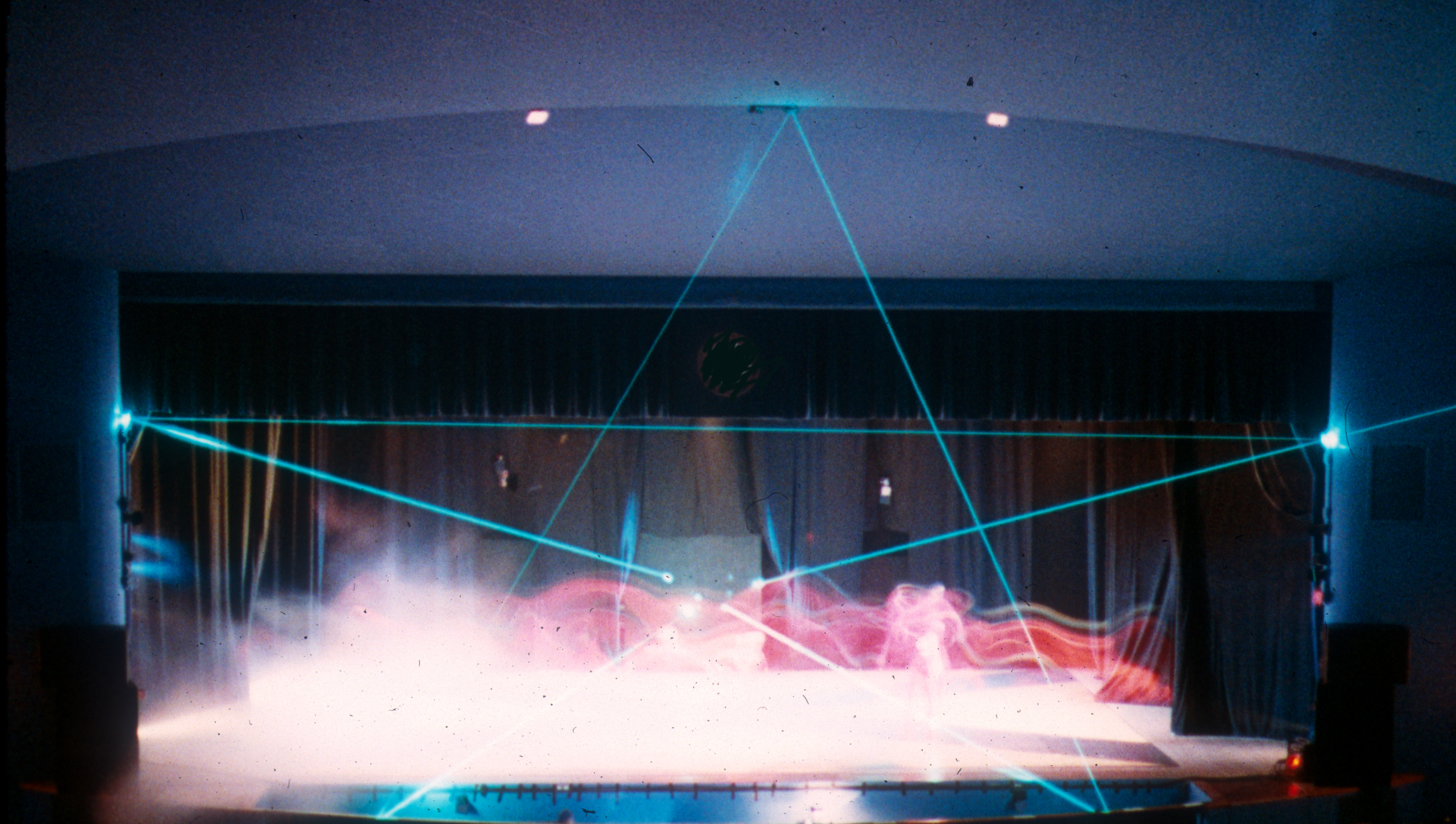
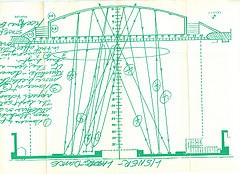

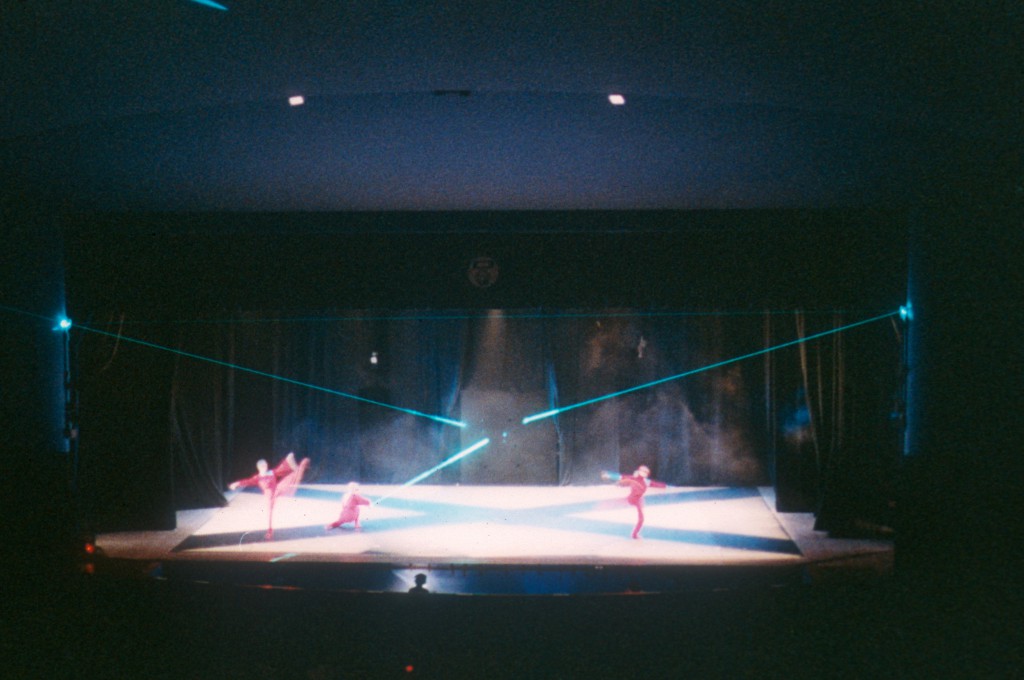

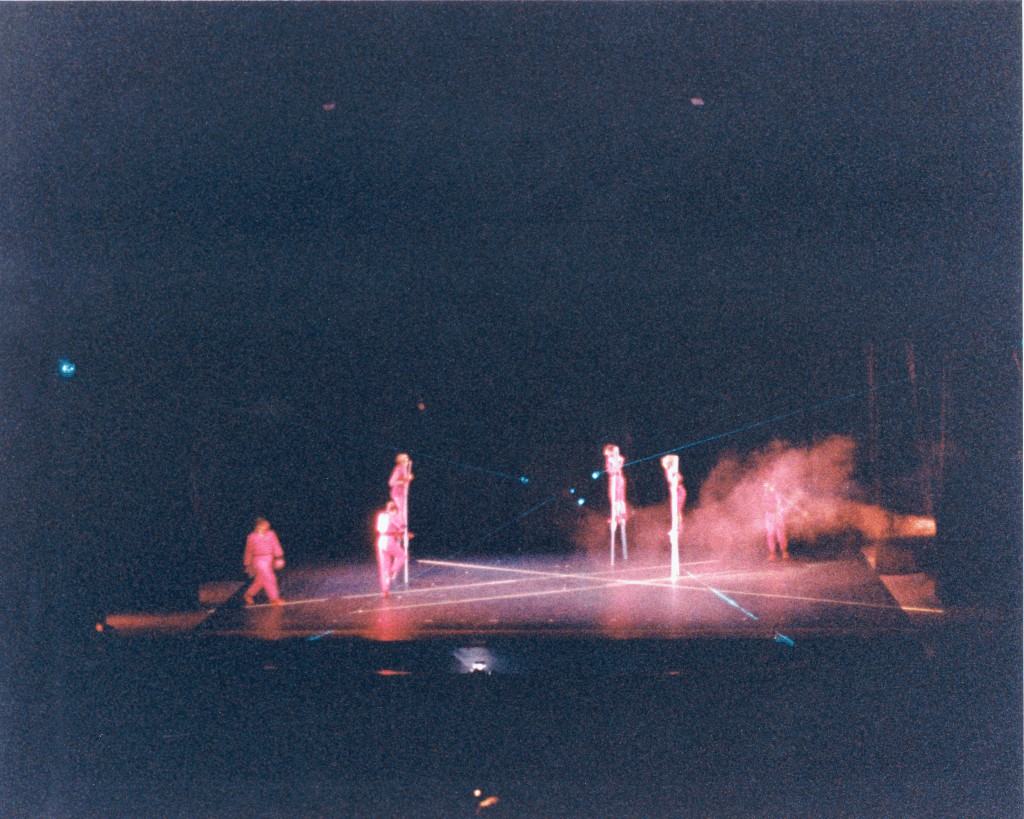
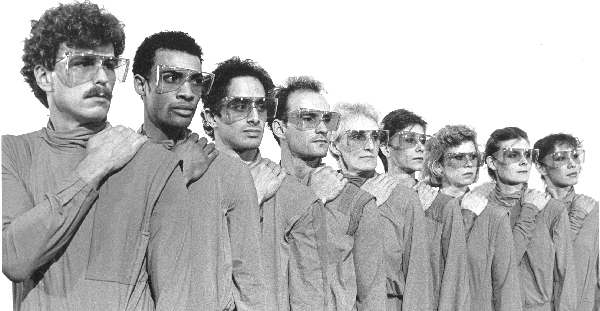

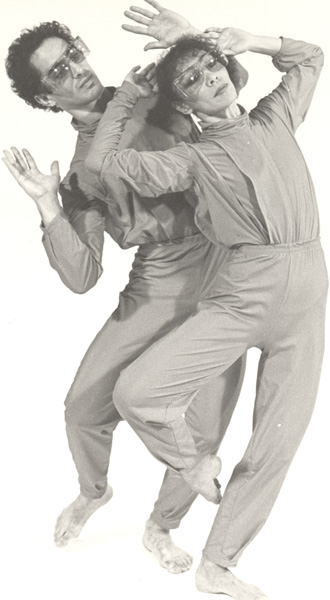
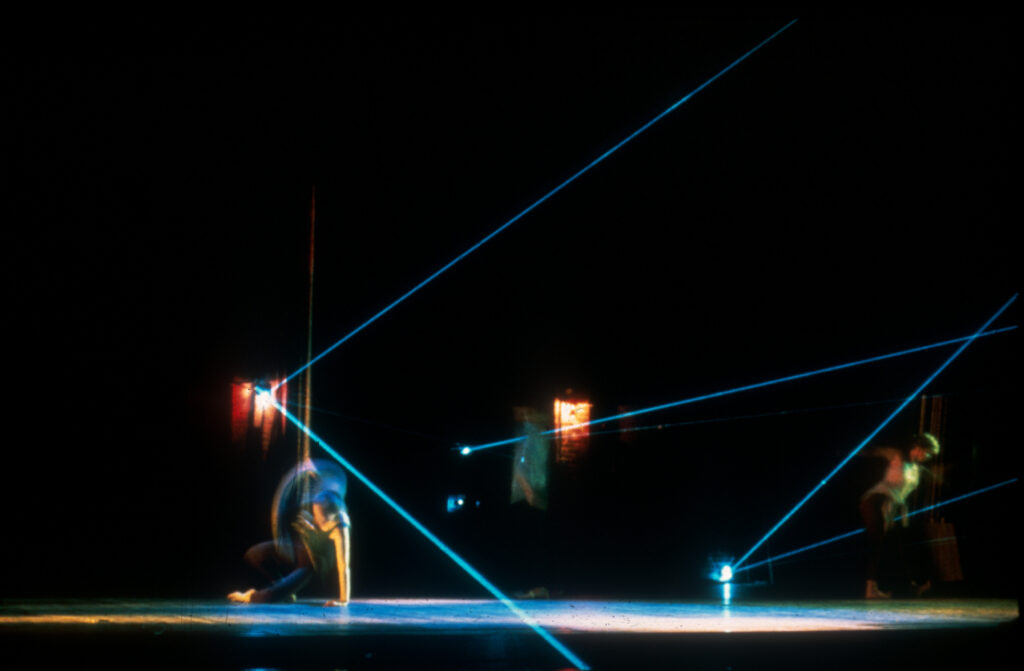

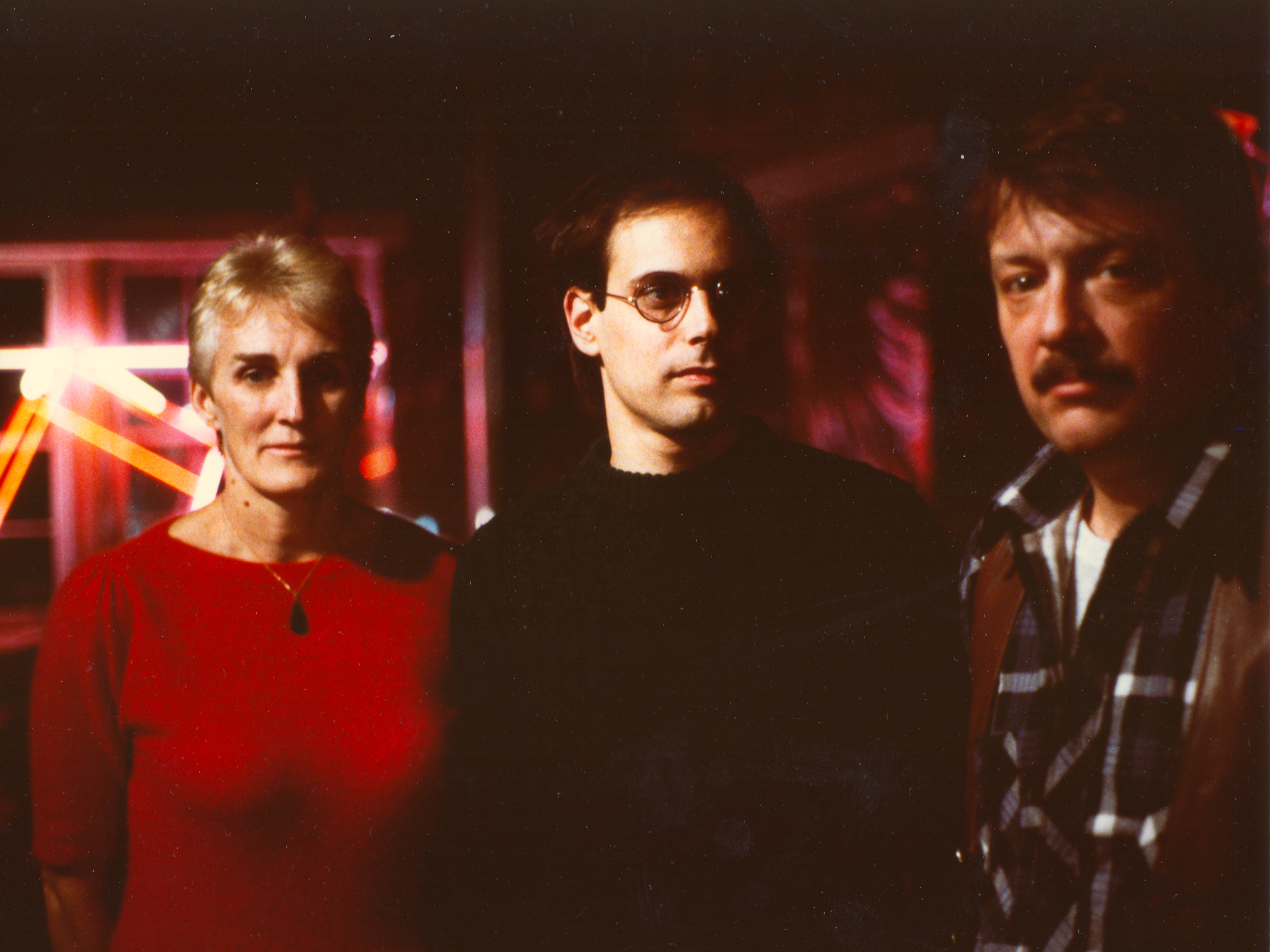 Maida Withers, Bob Boilen, Rockne Krebs
Maida Withers, Bob Boilen, Rockne Krebs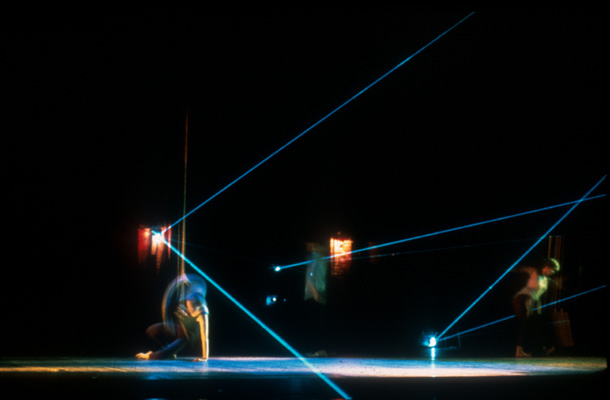
 Photo shot during public presentation.
Photo shot during public presentation.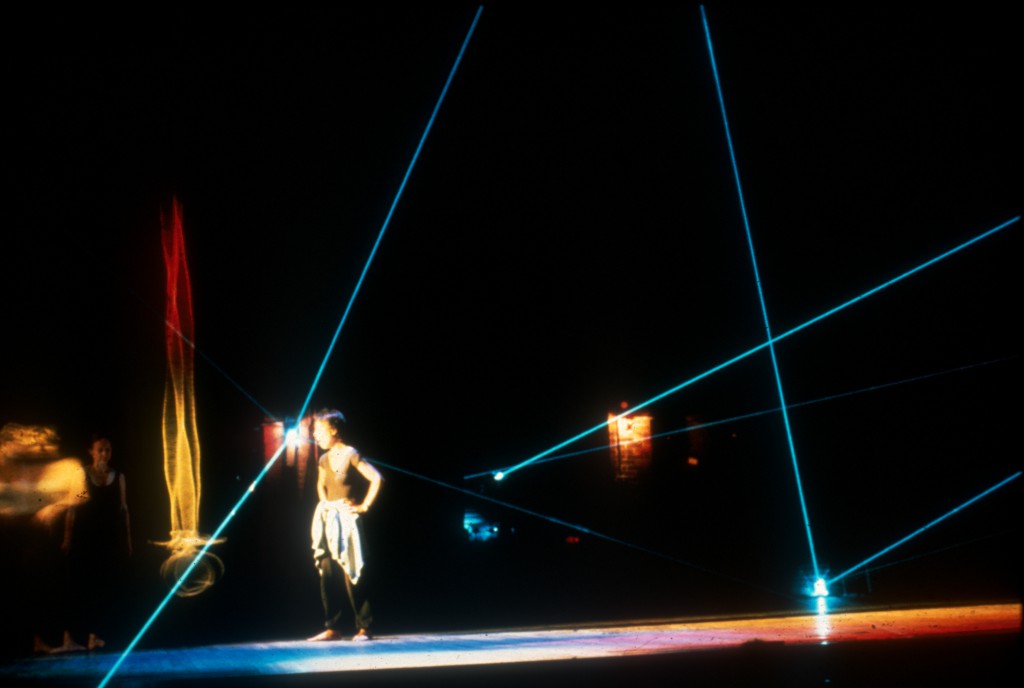 Photo shot during public presenttion.
Photo shot during public presenttion.